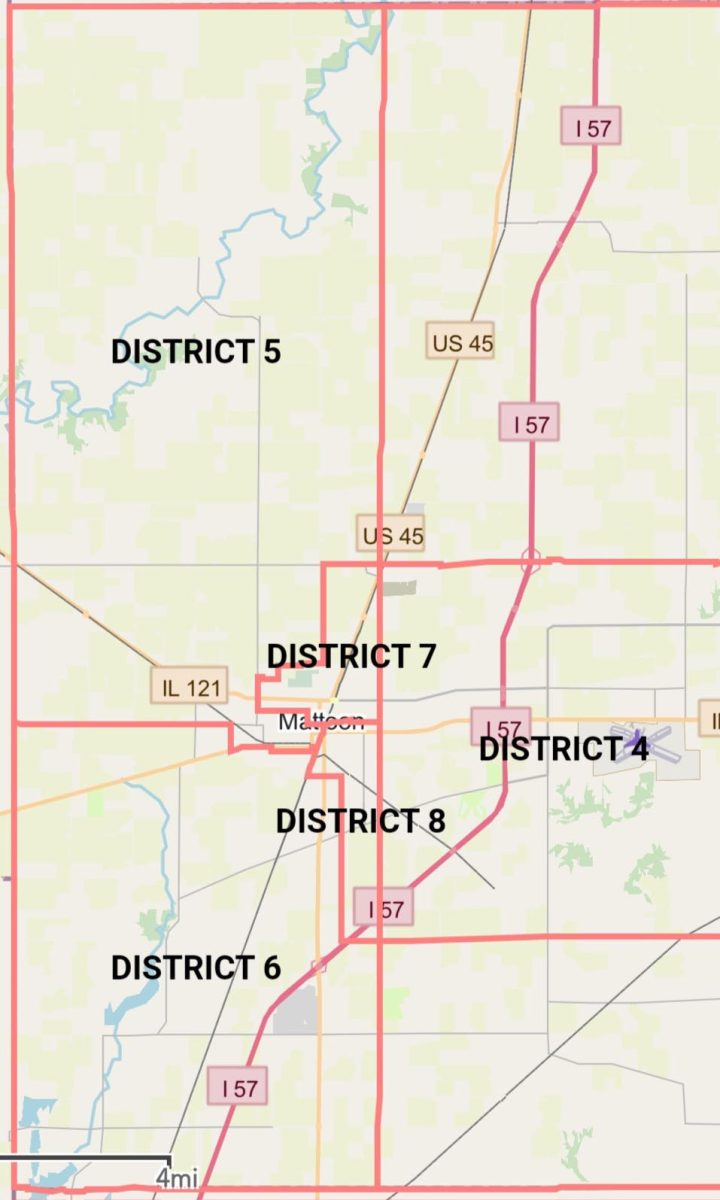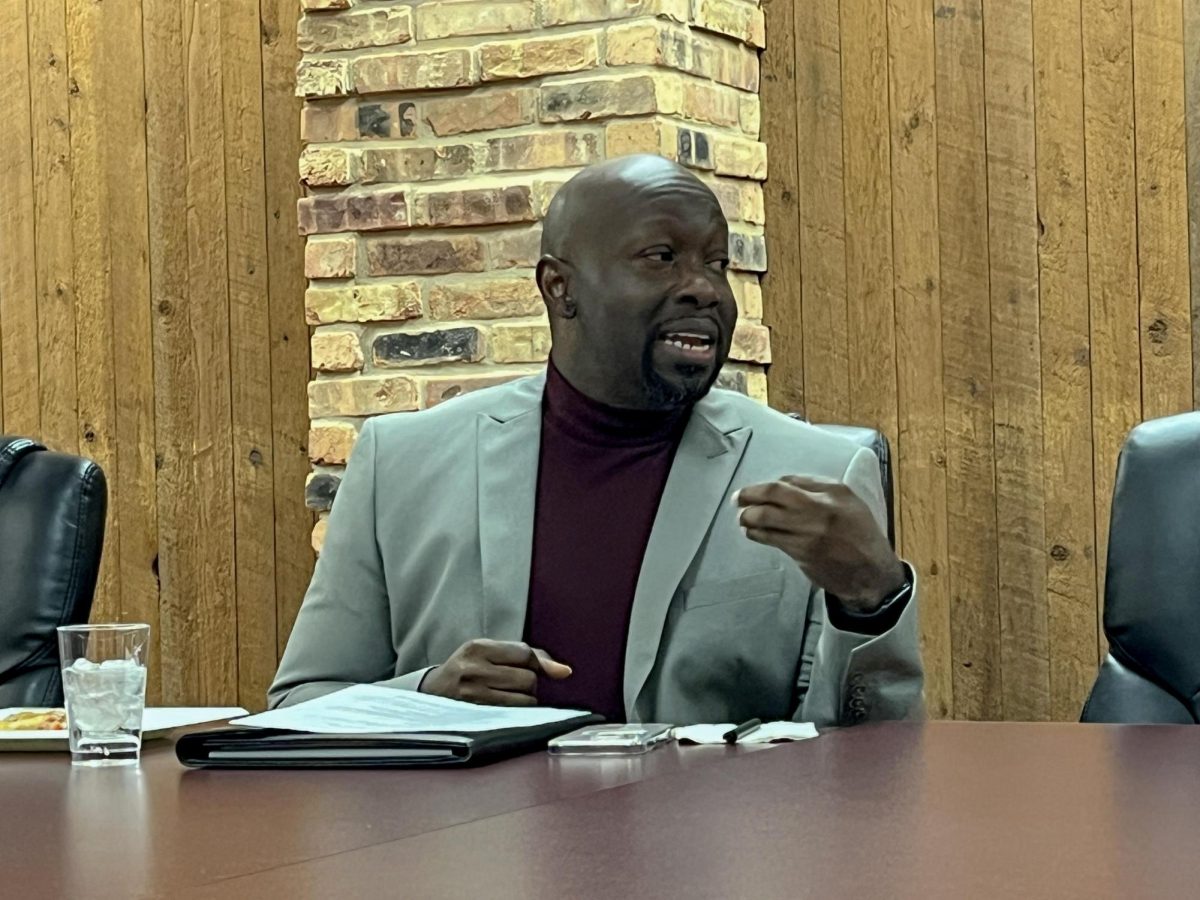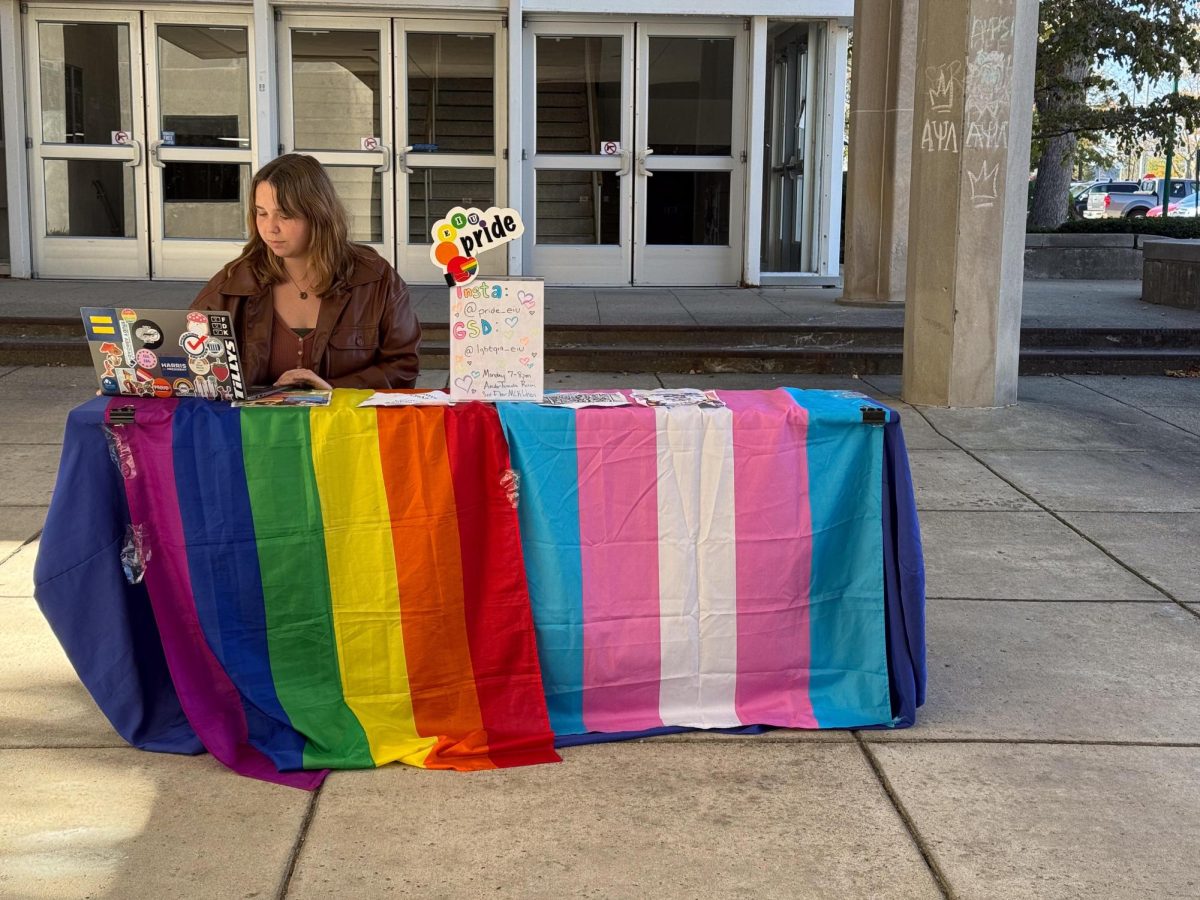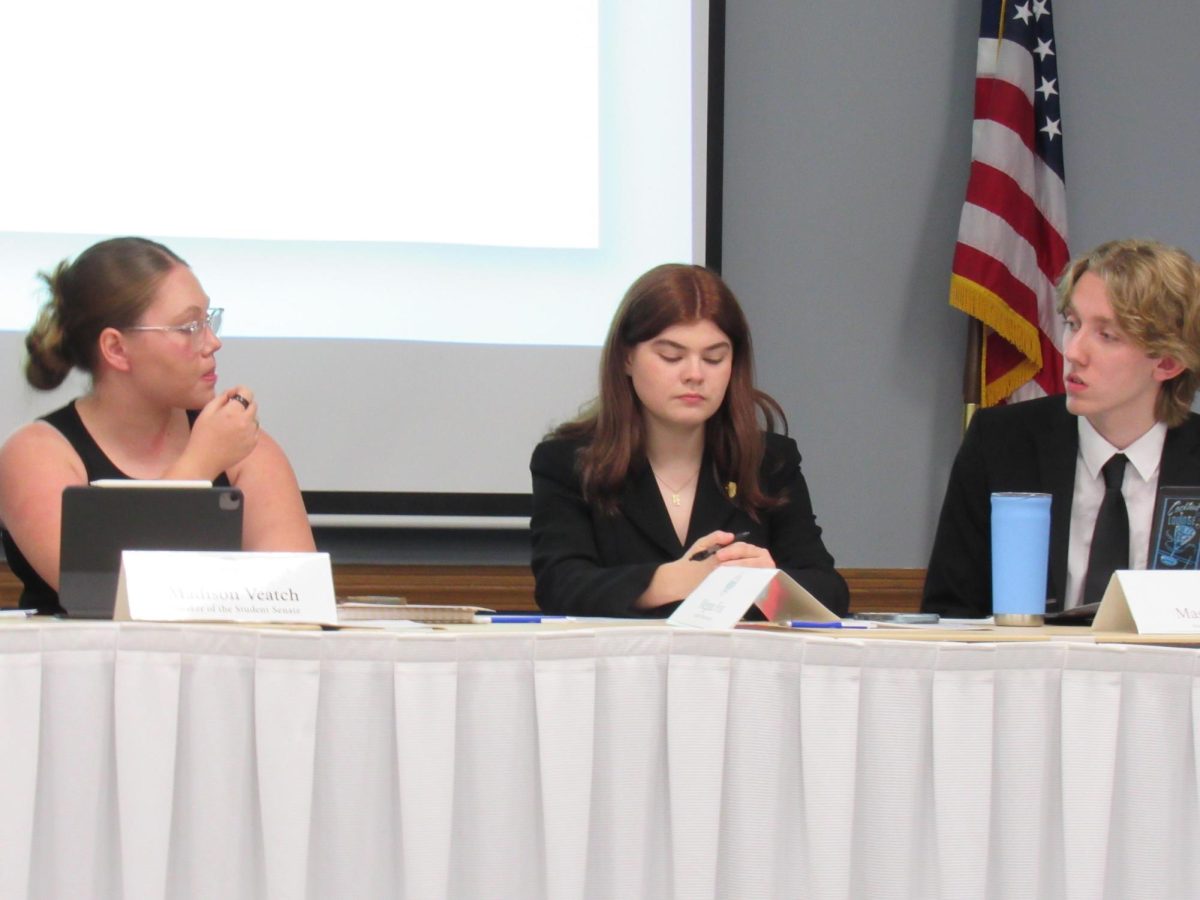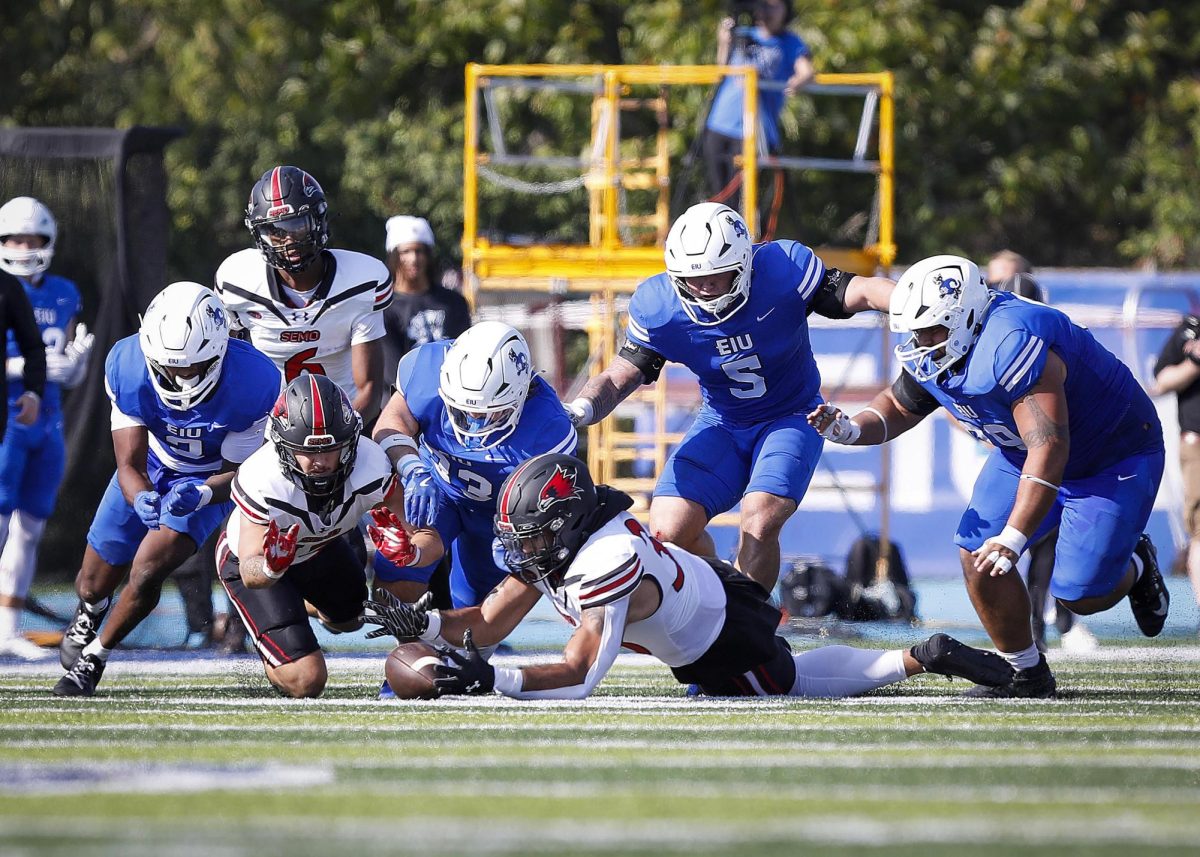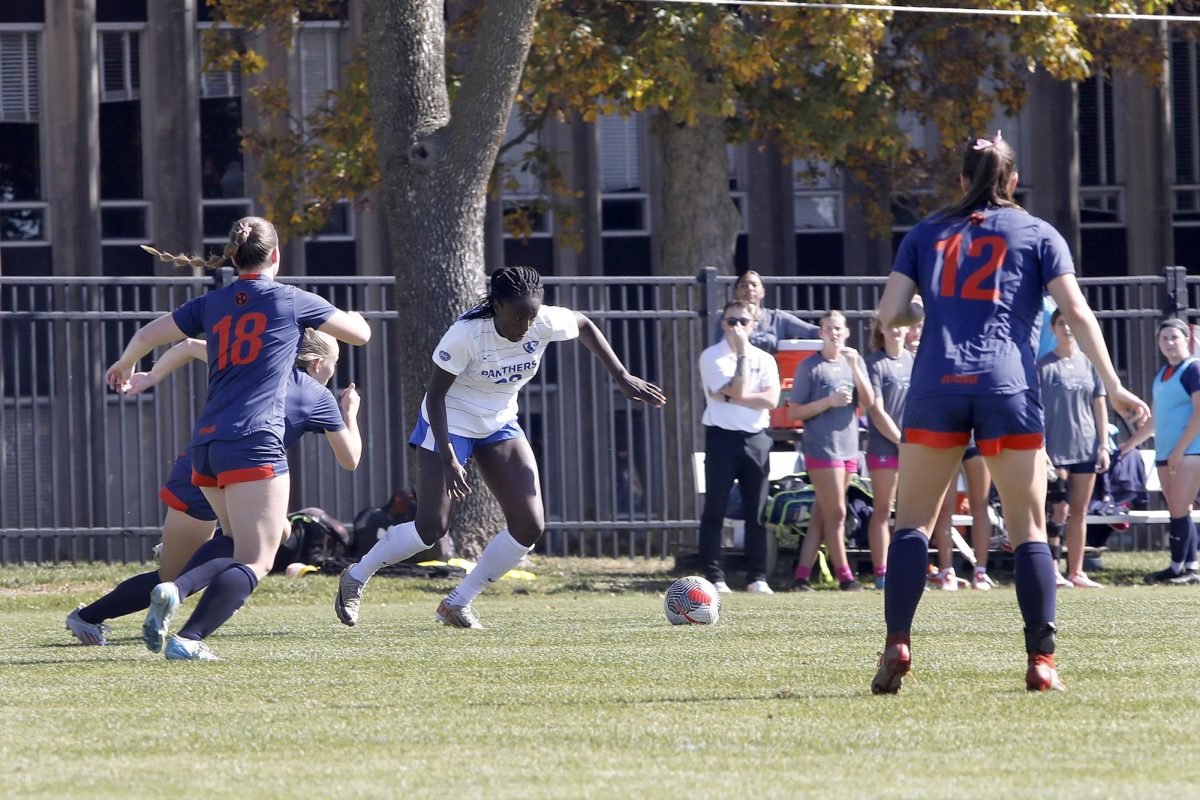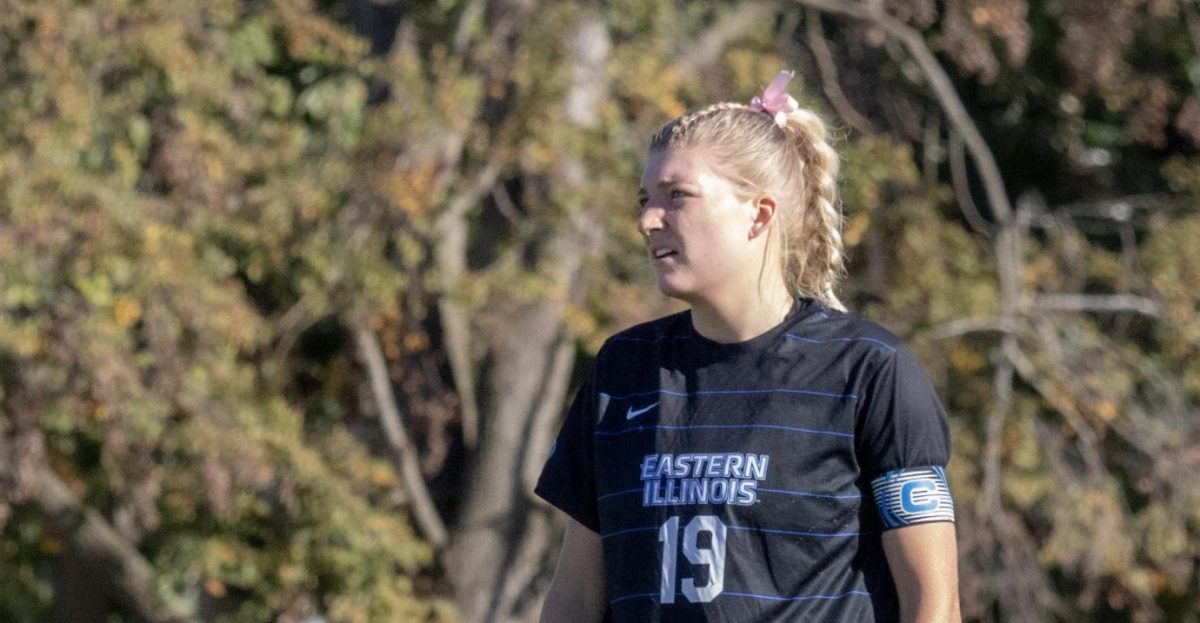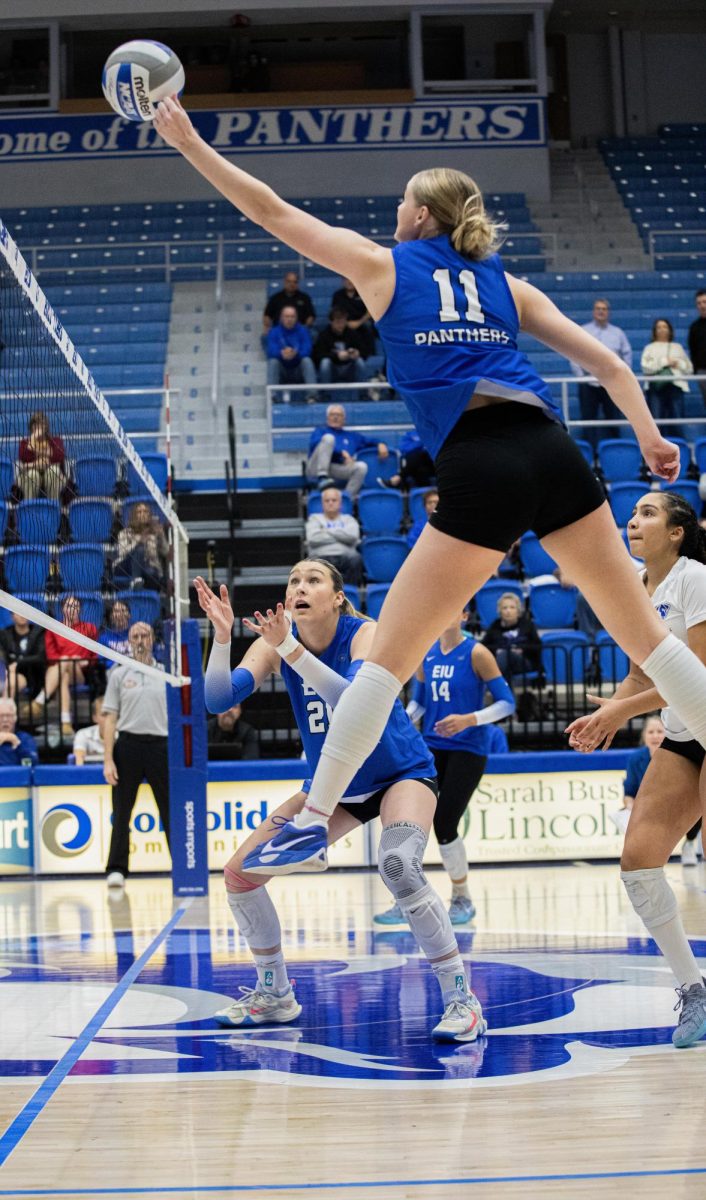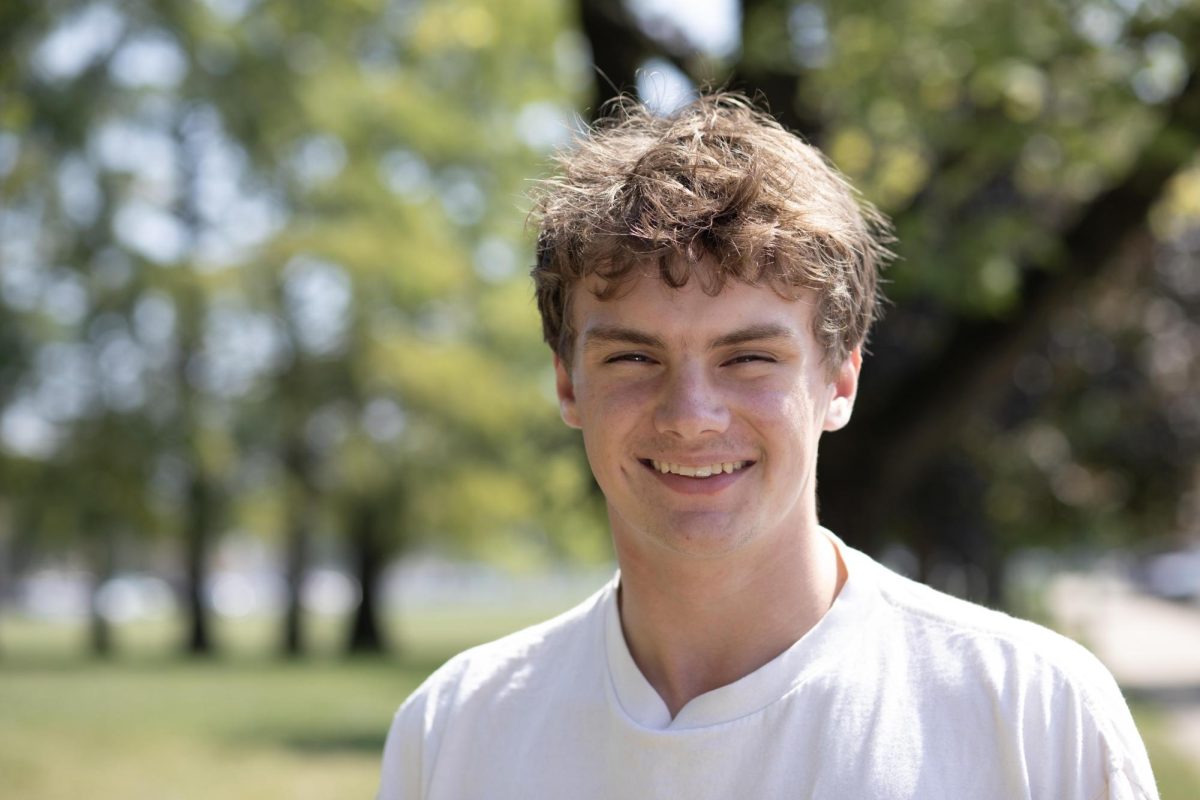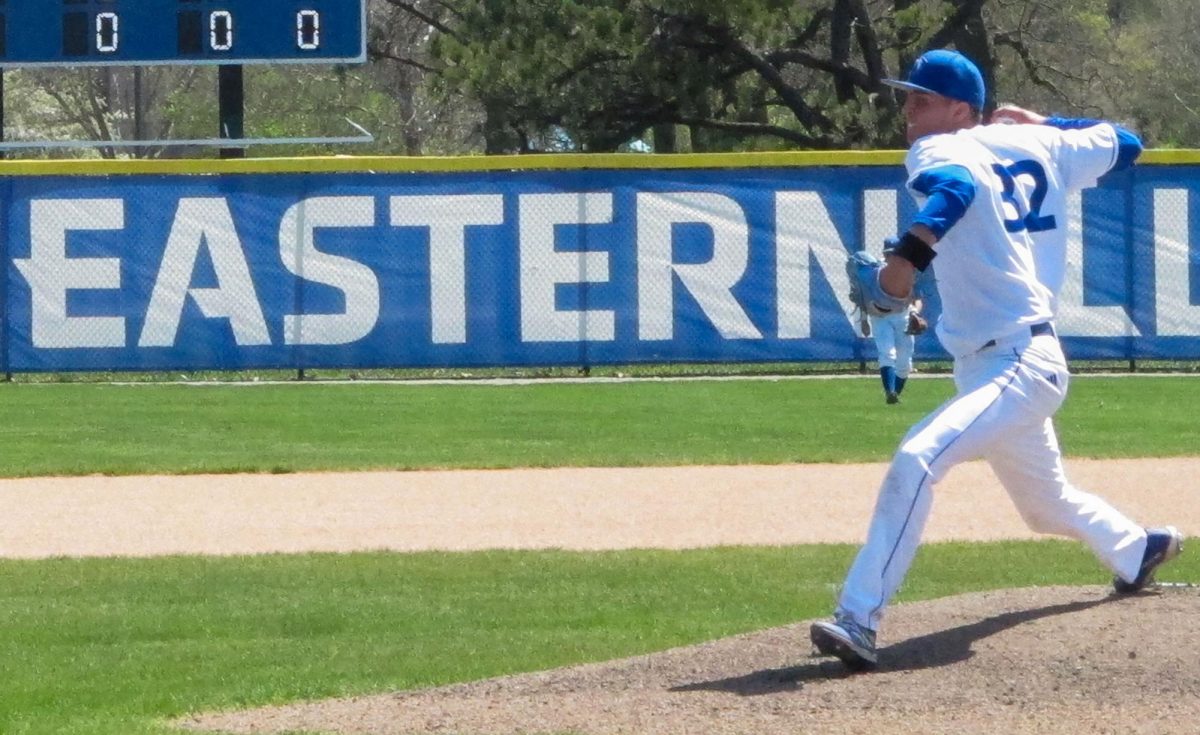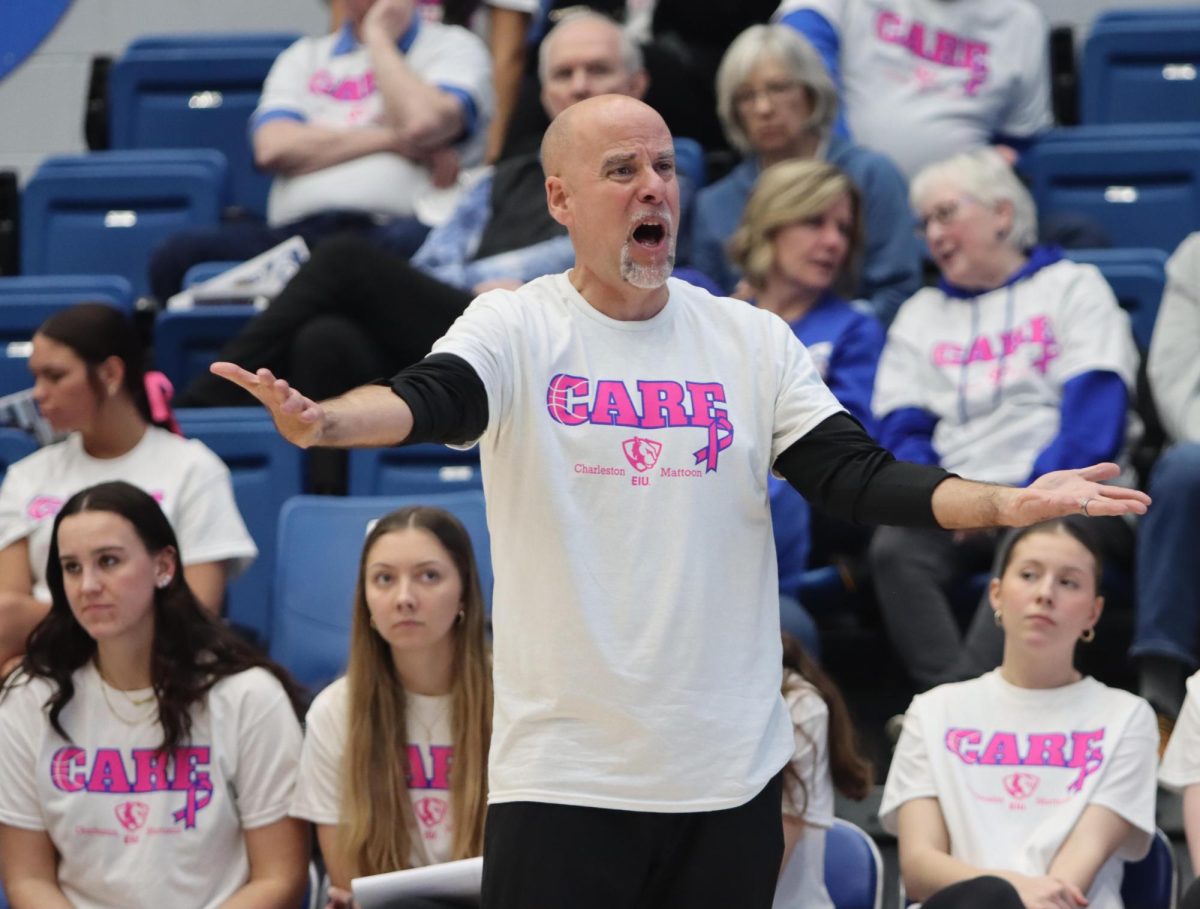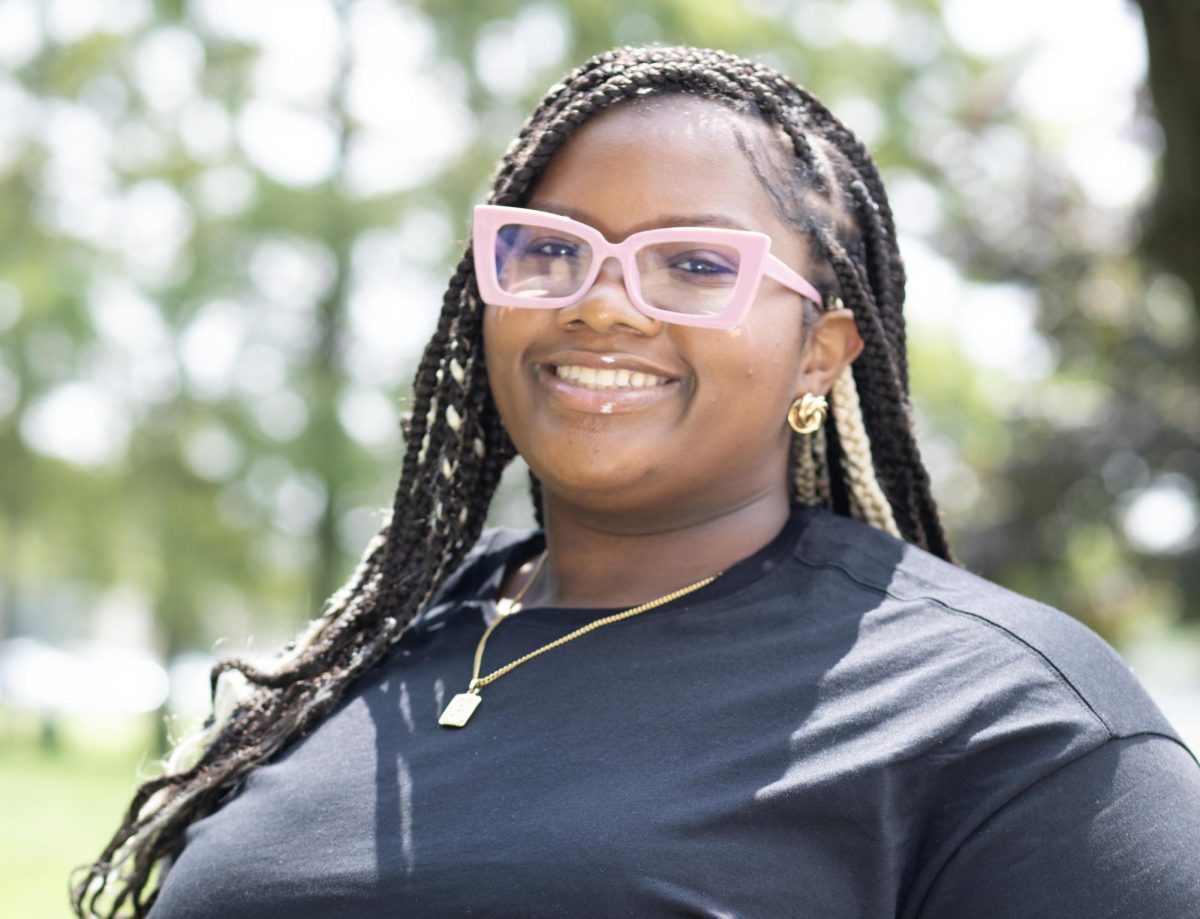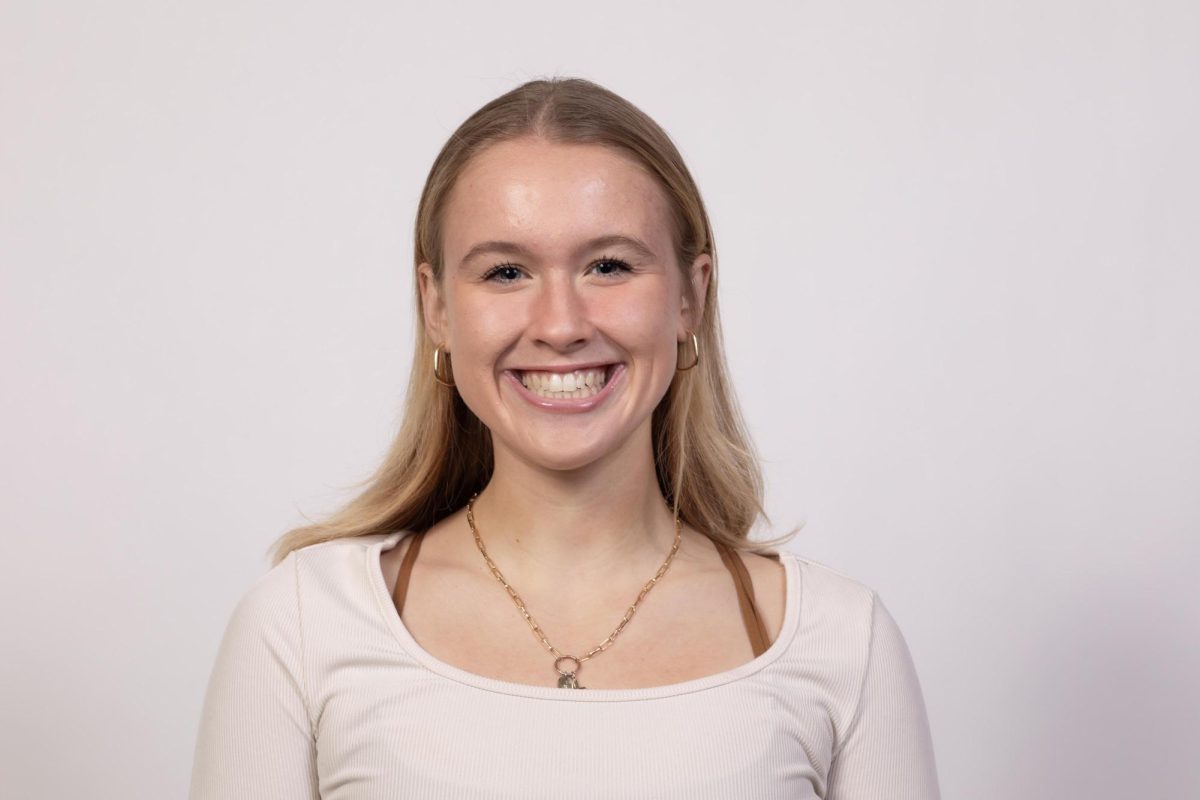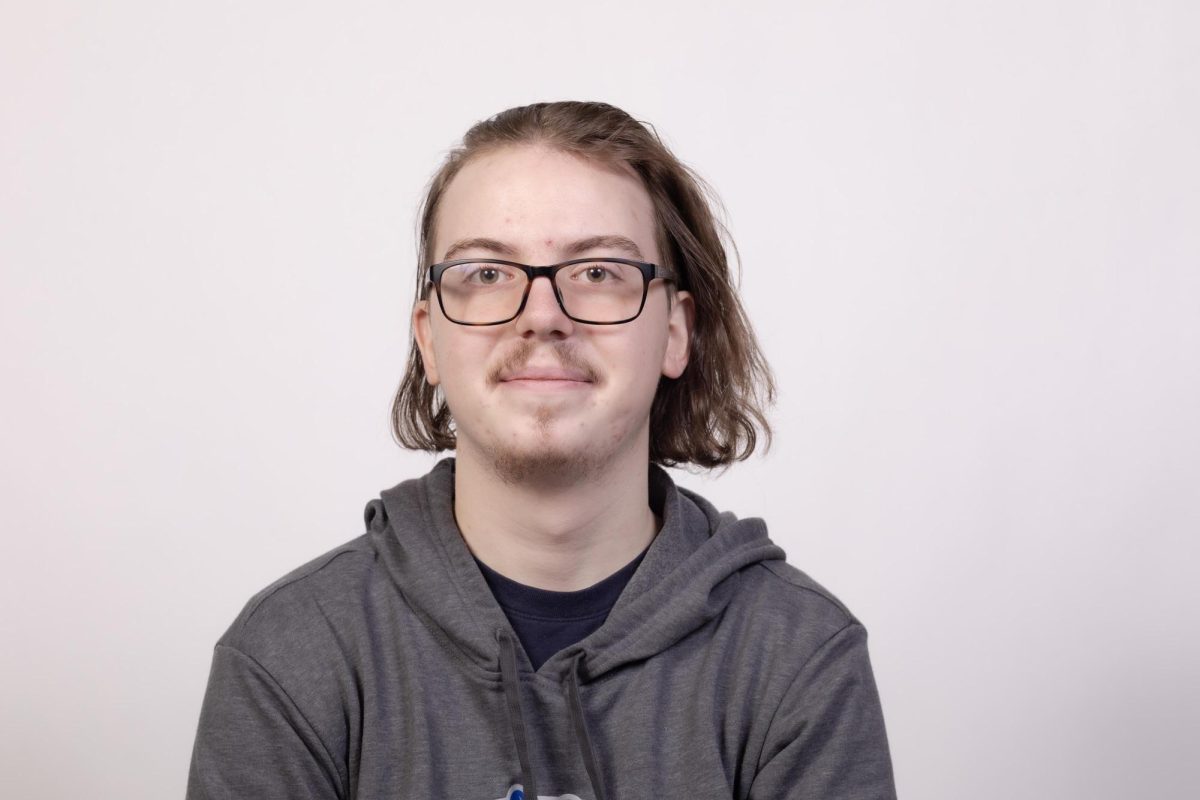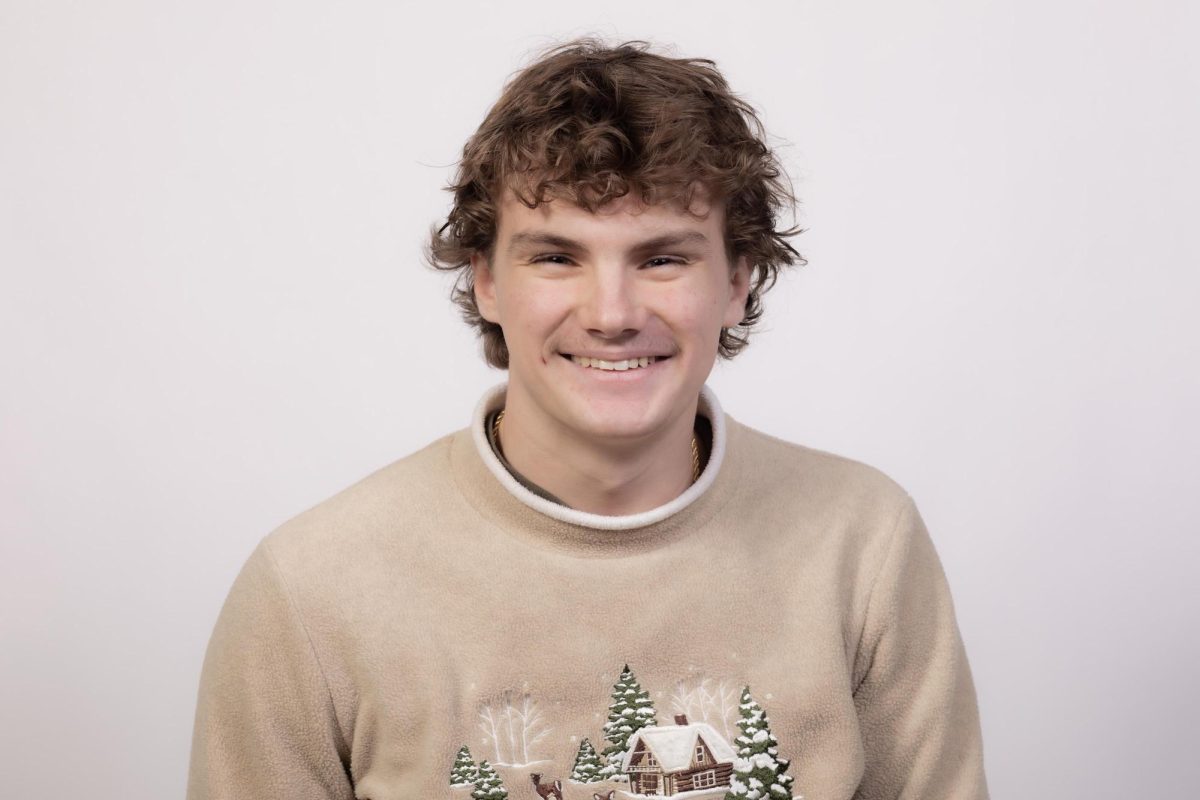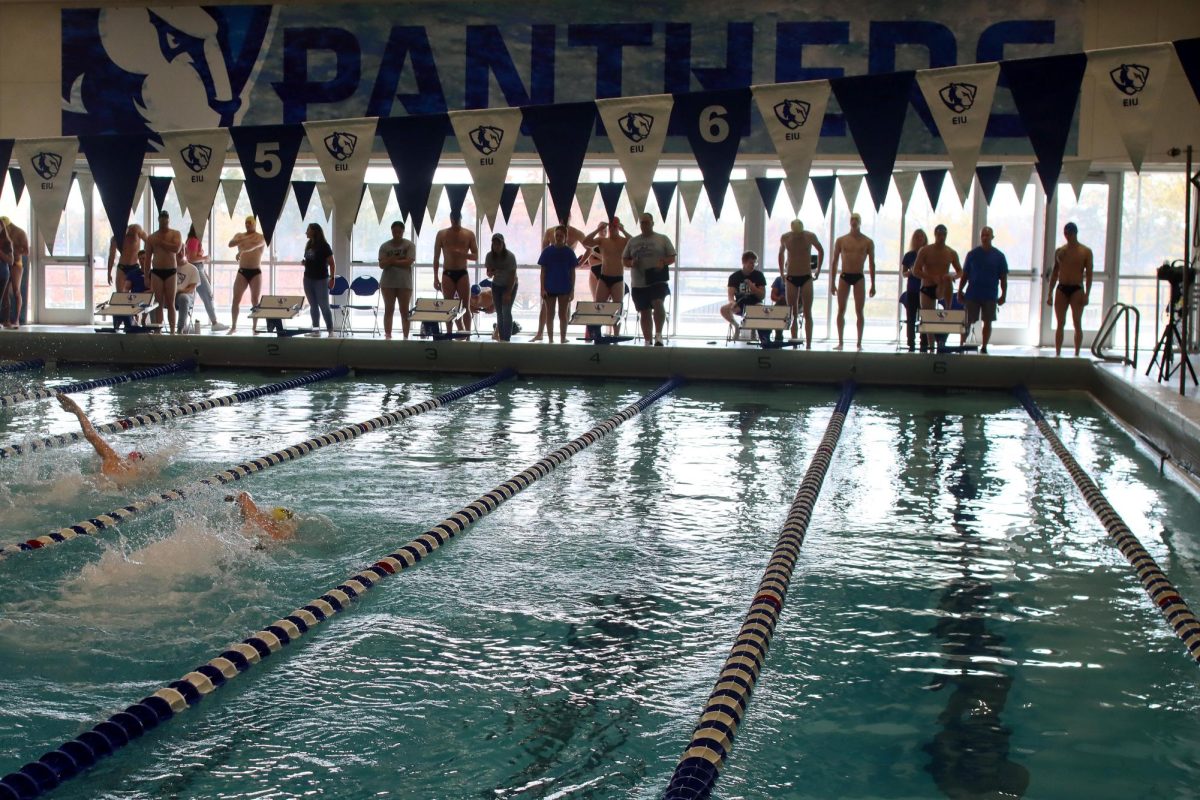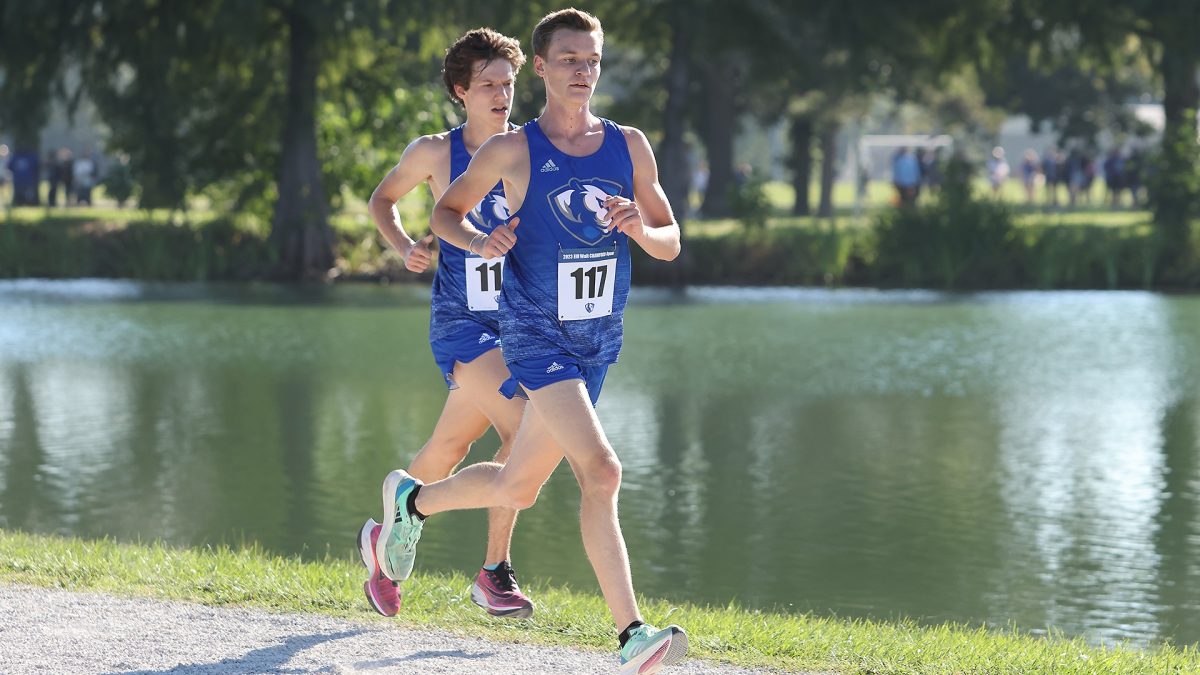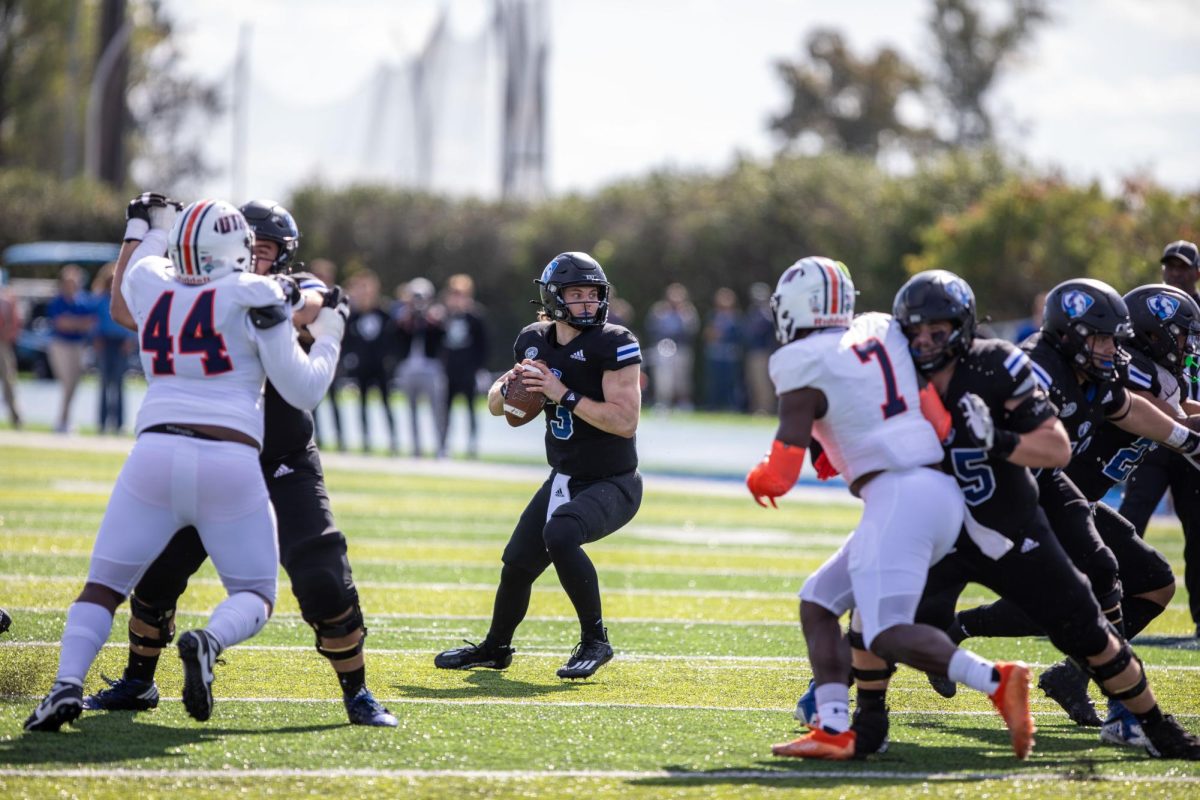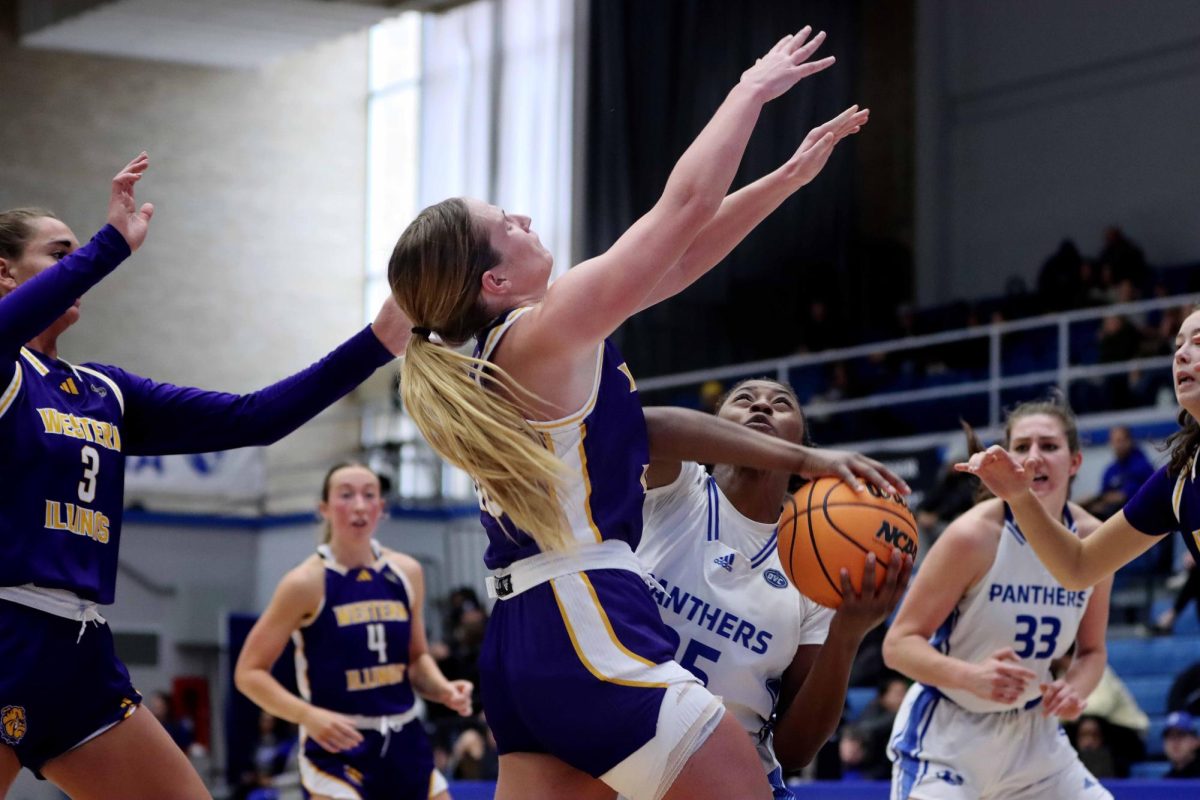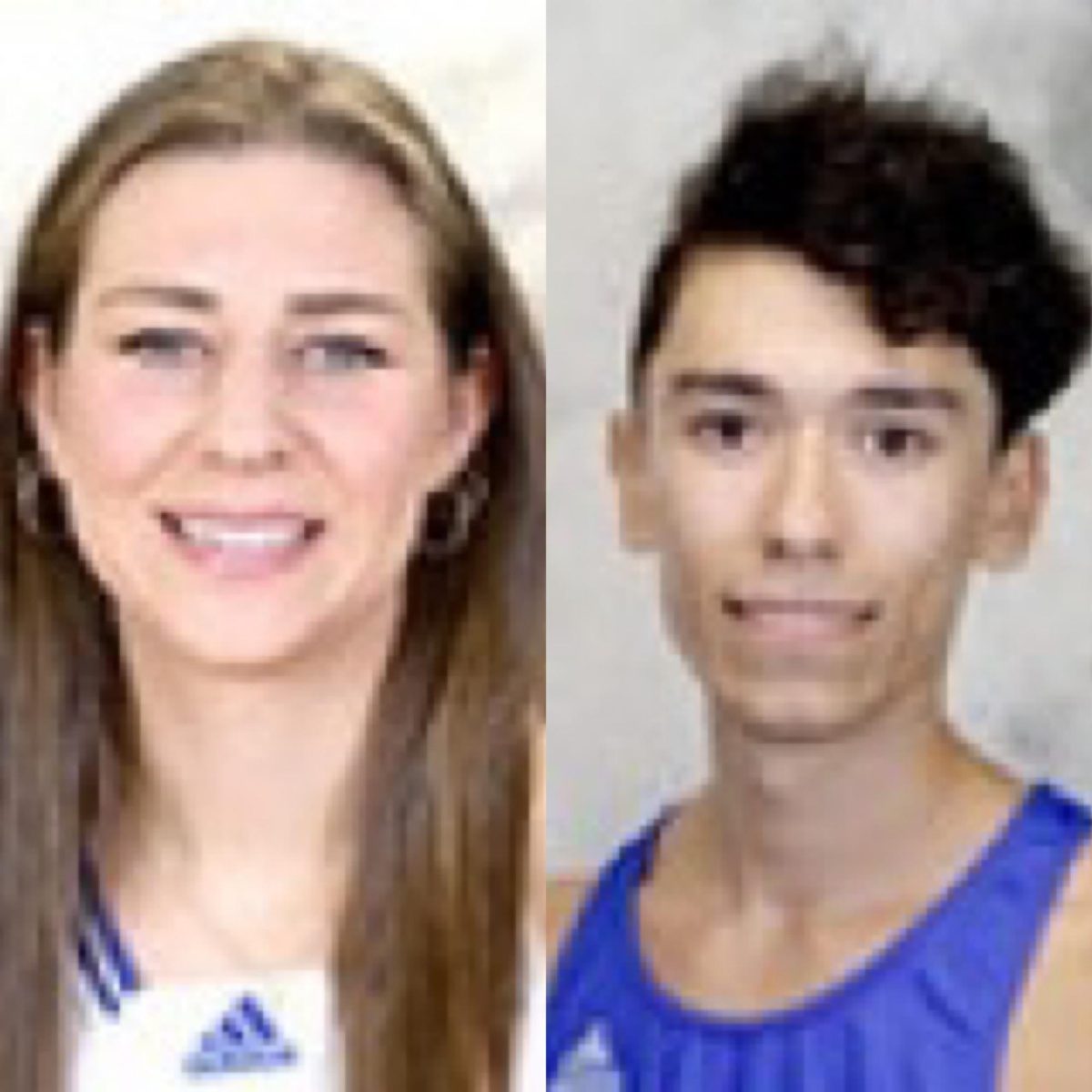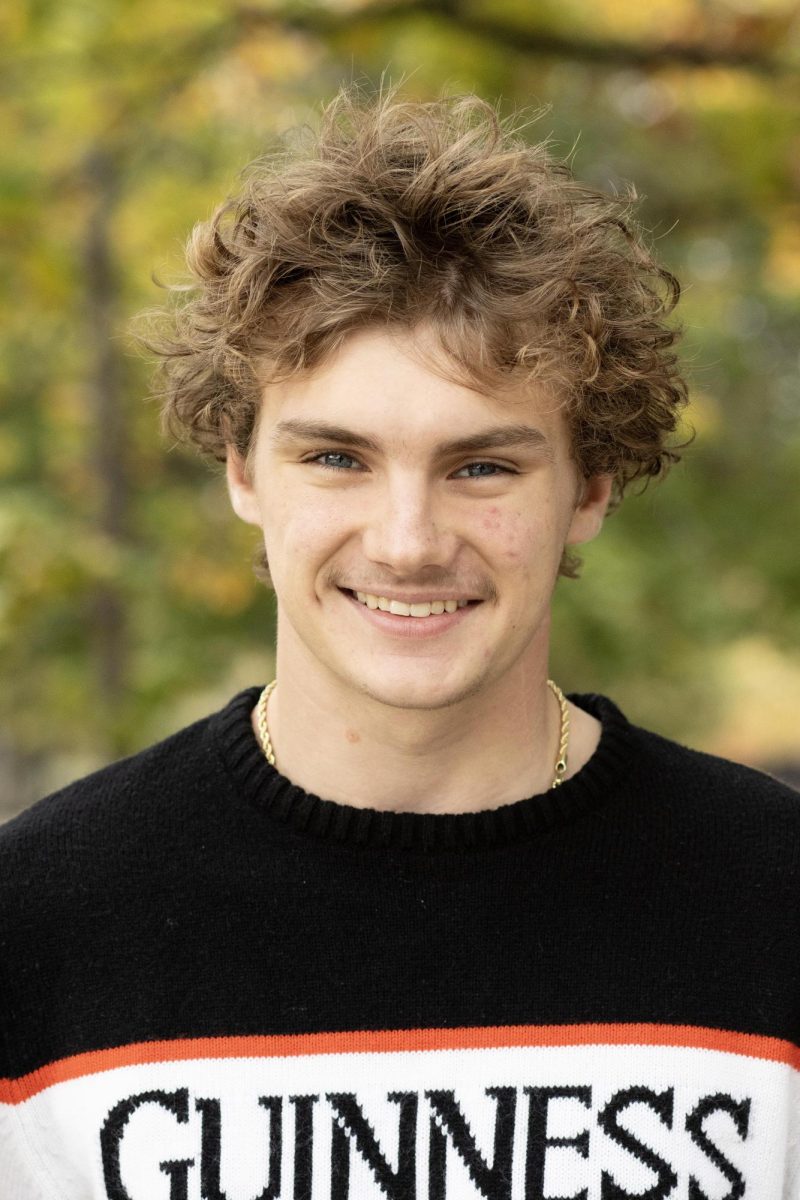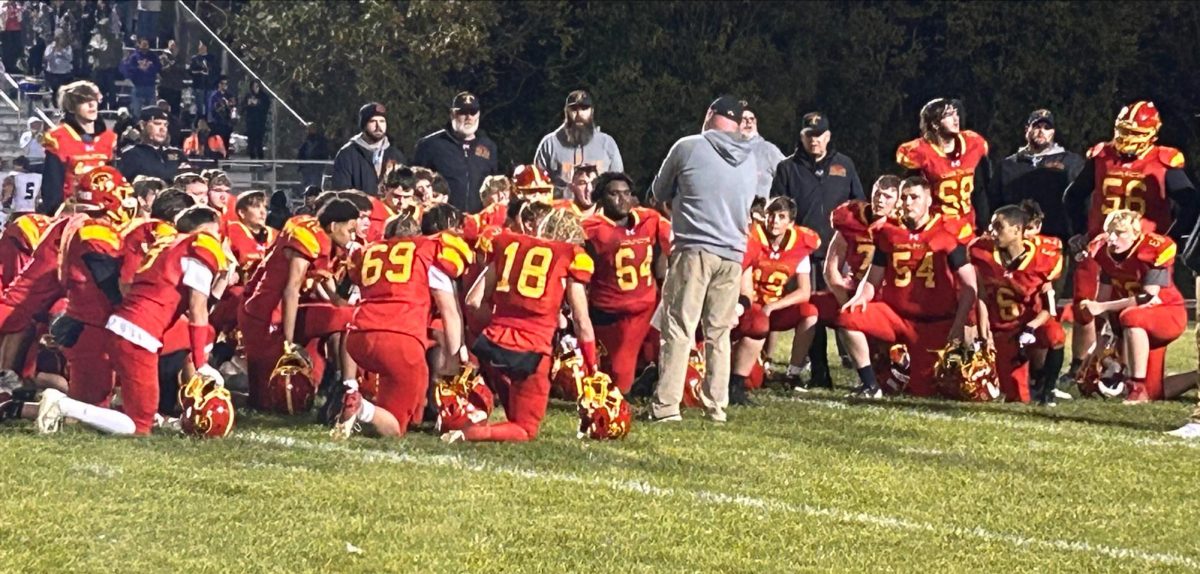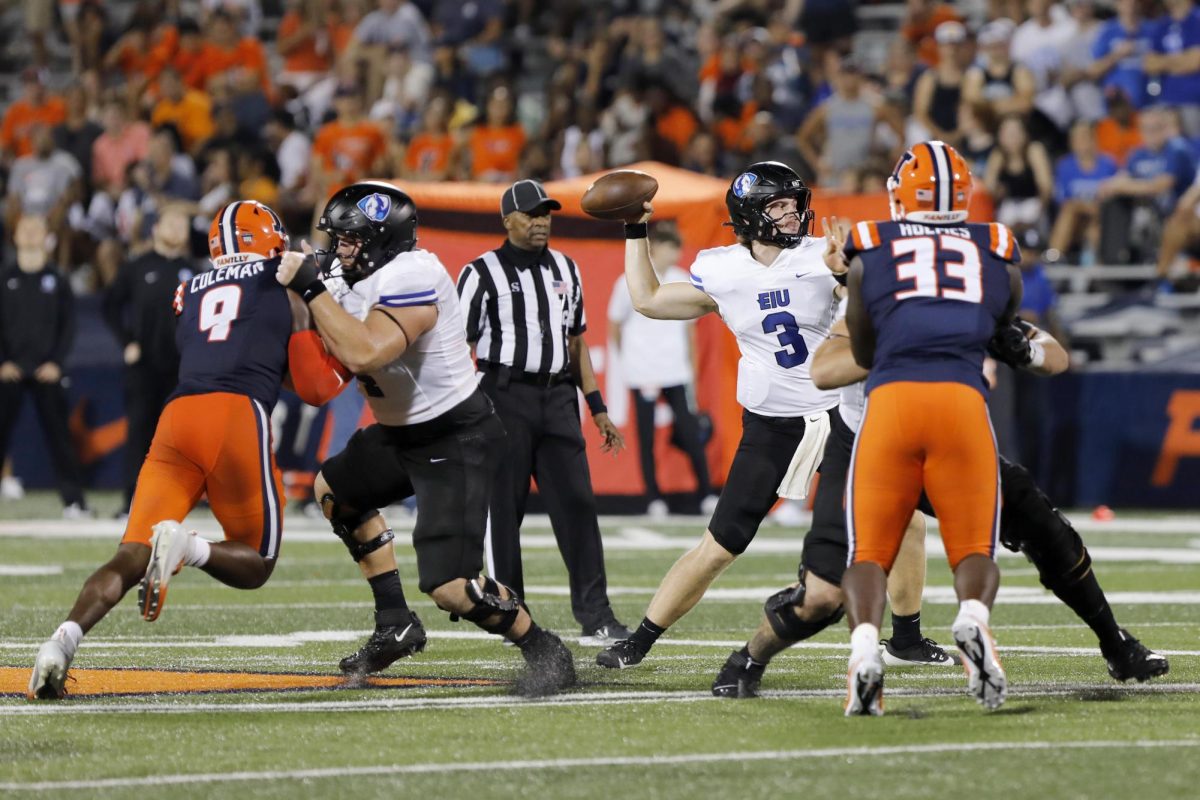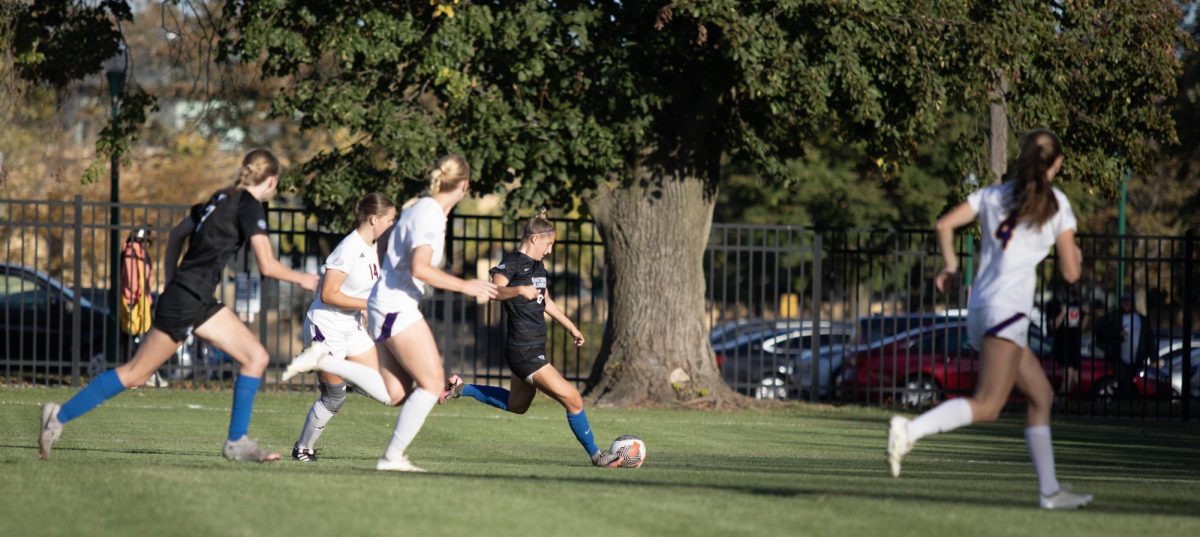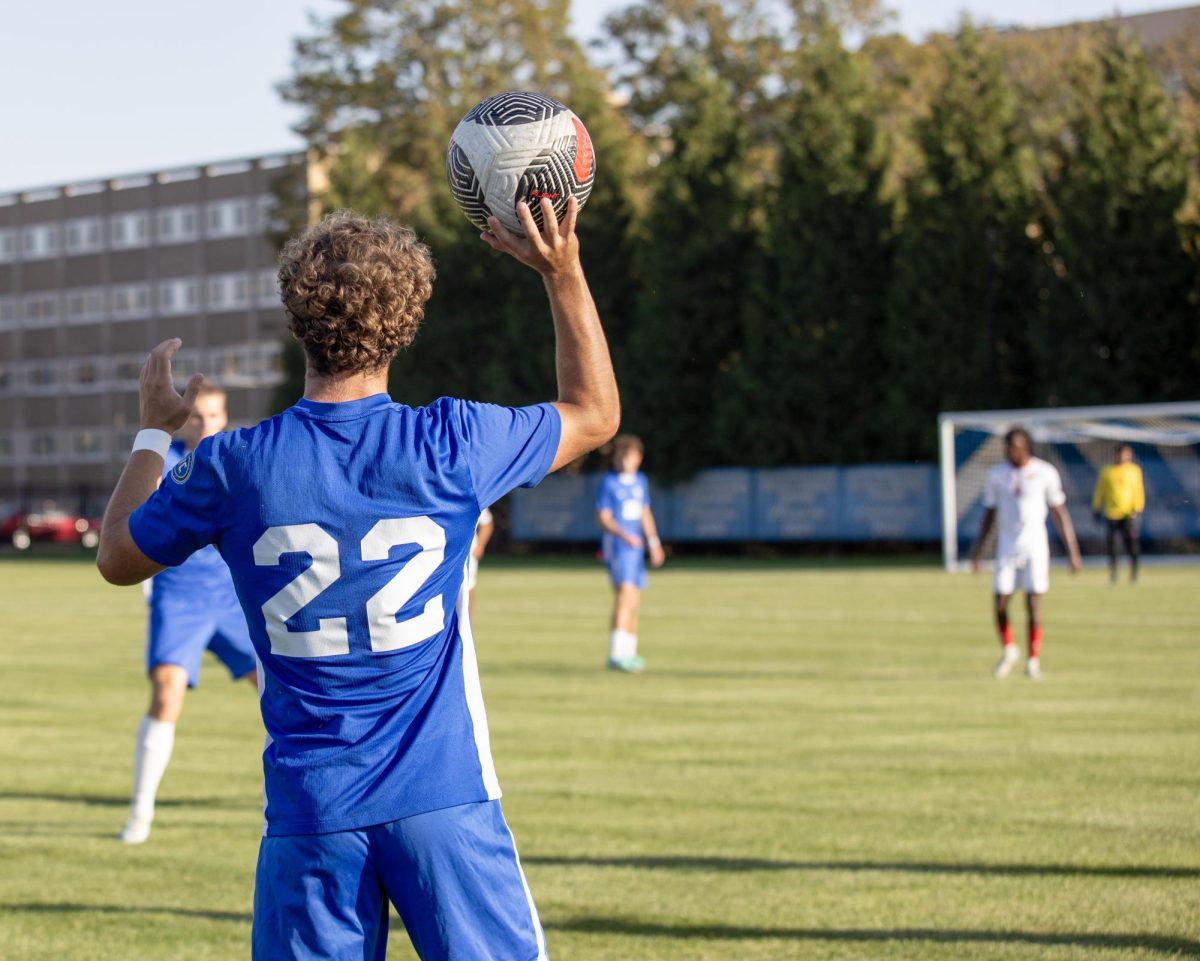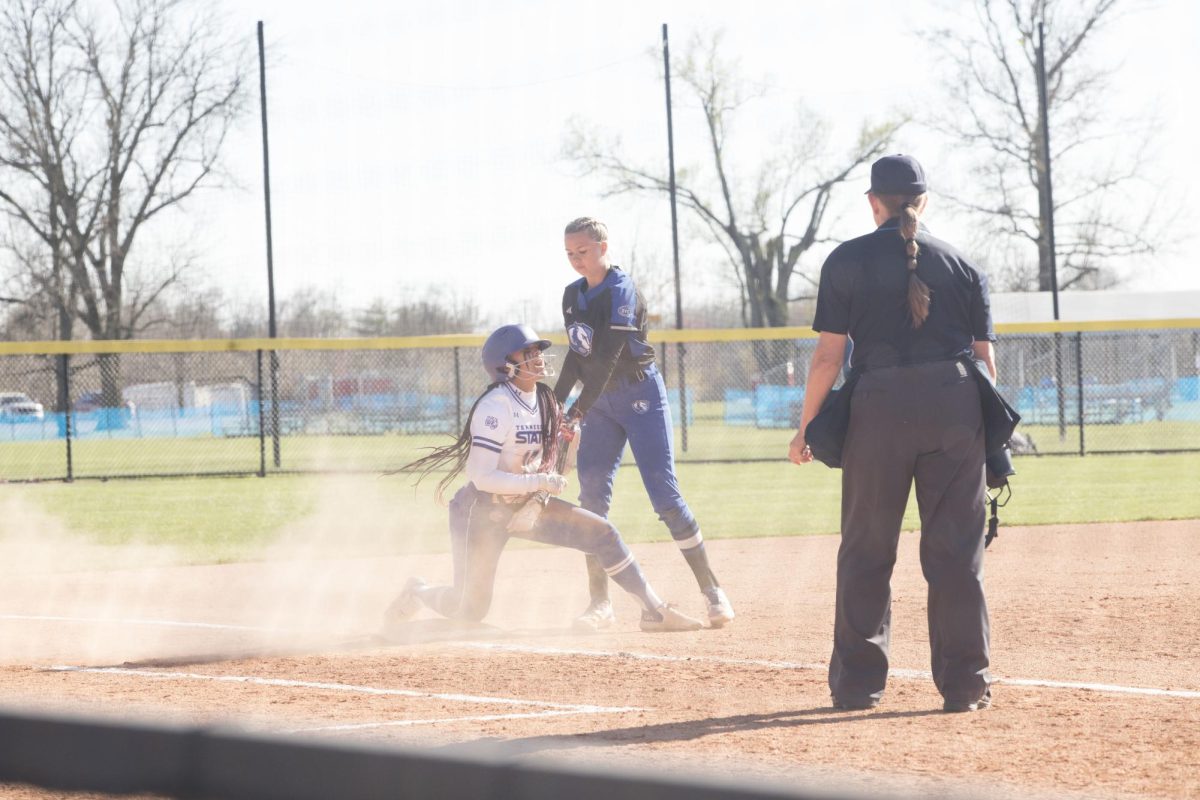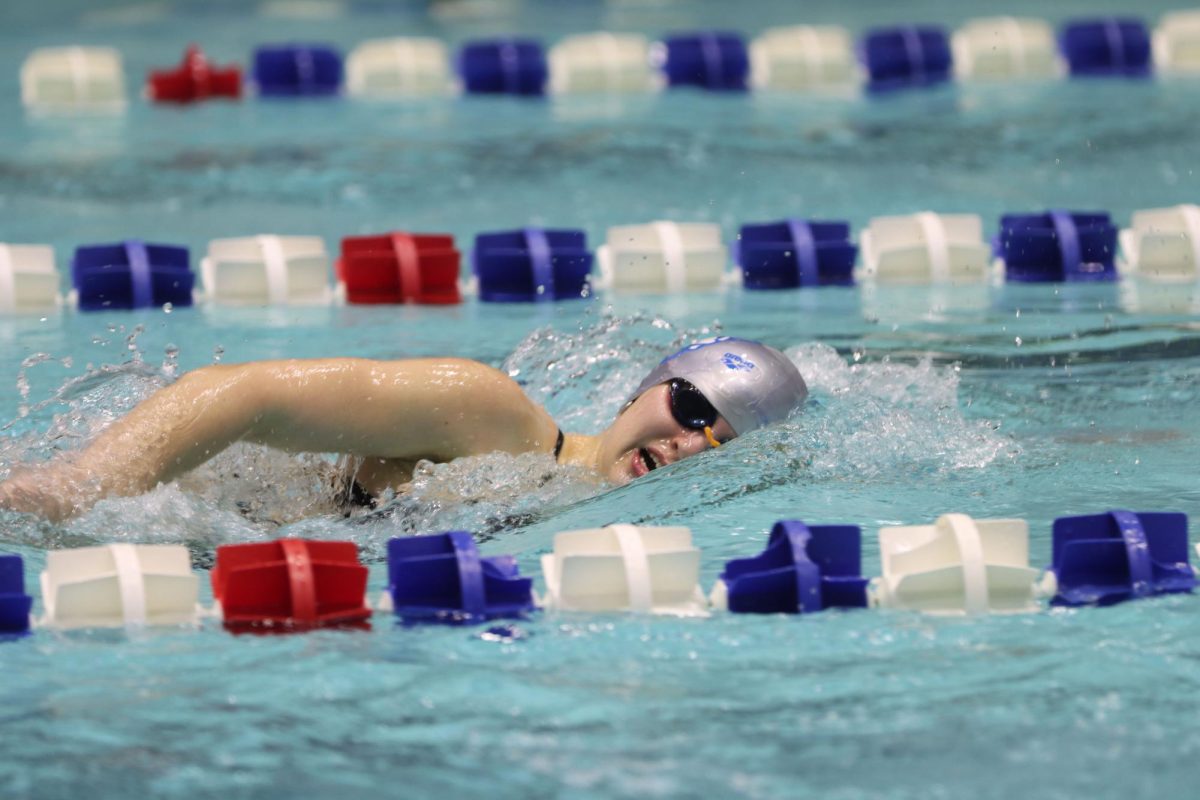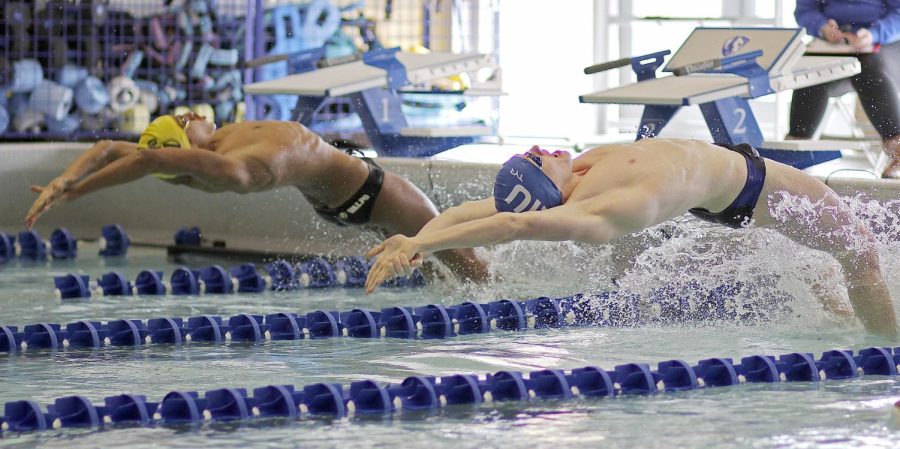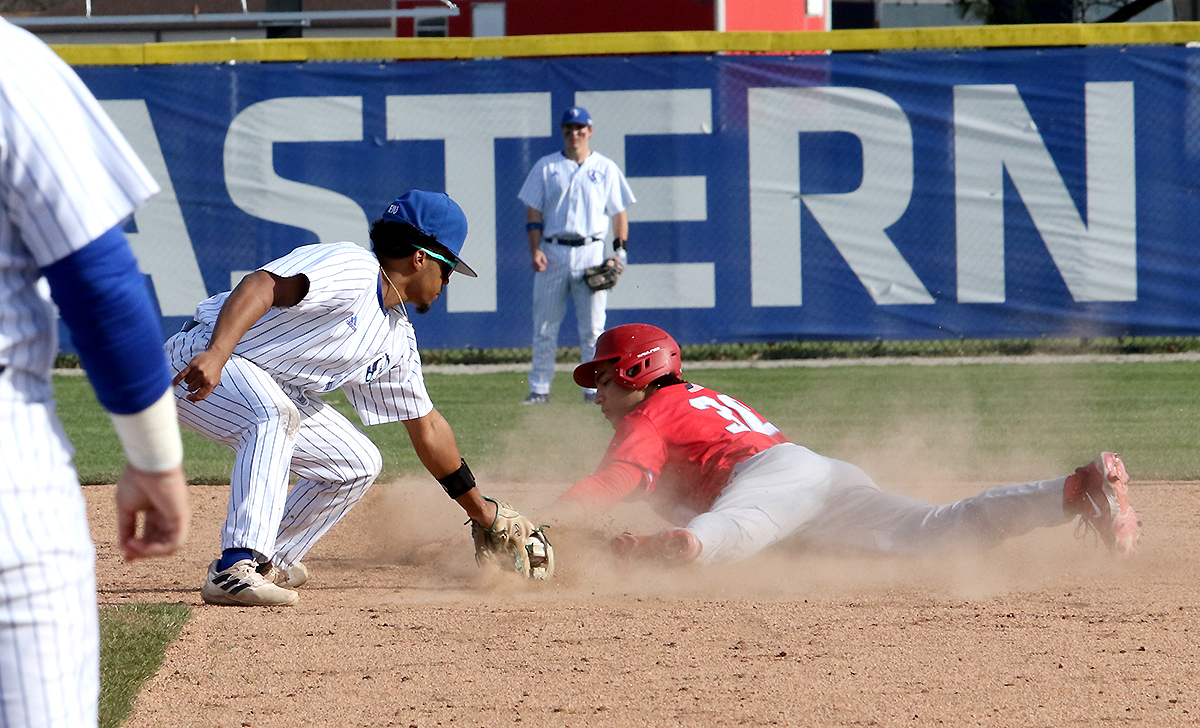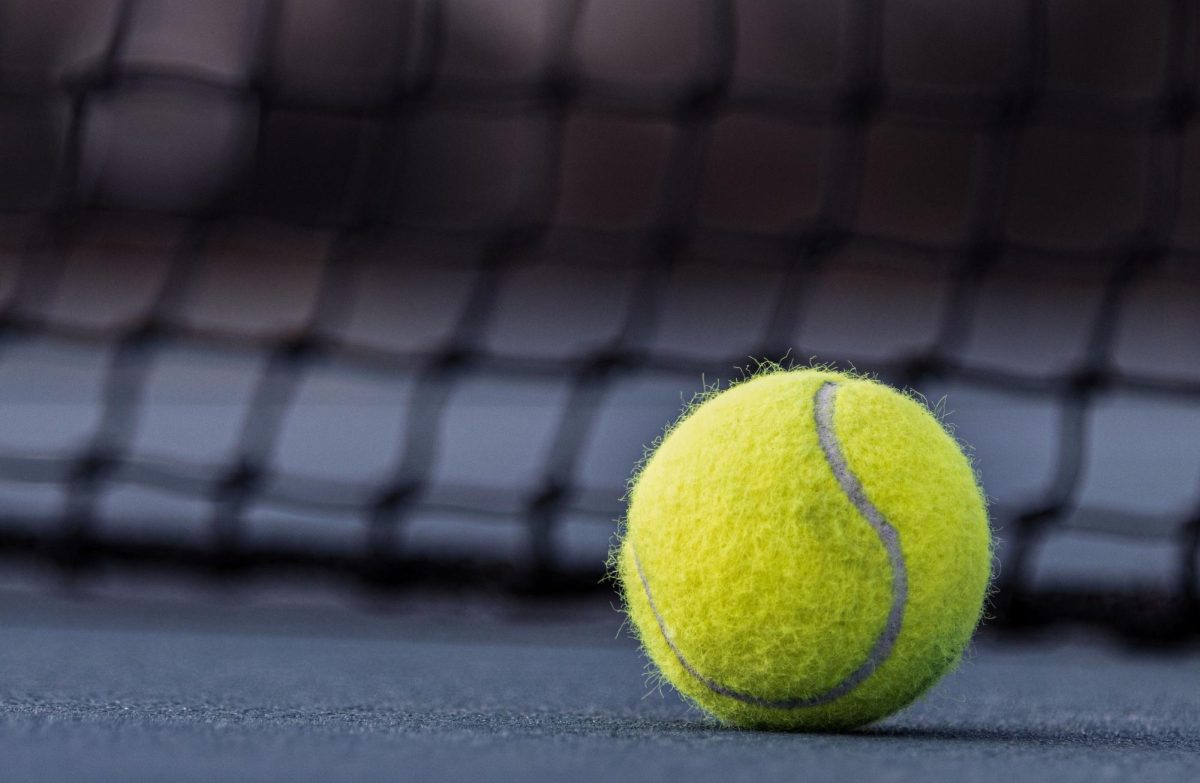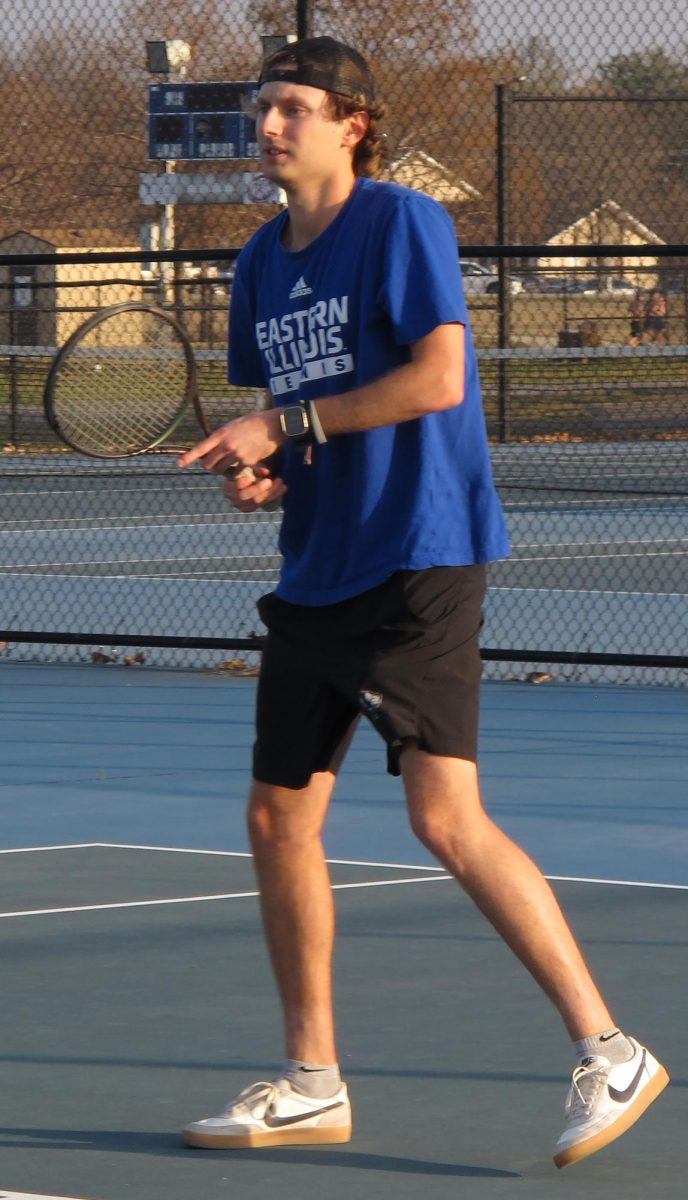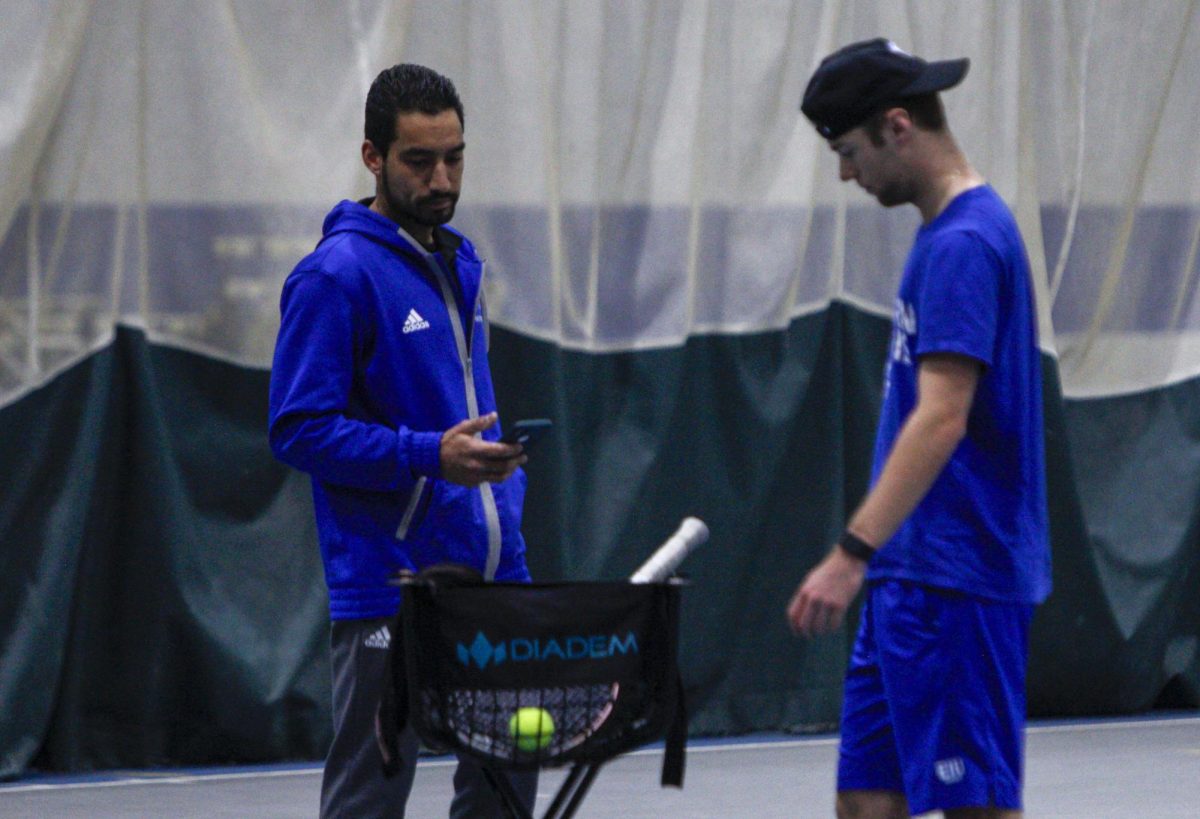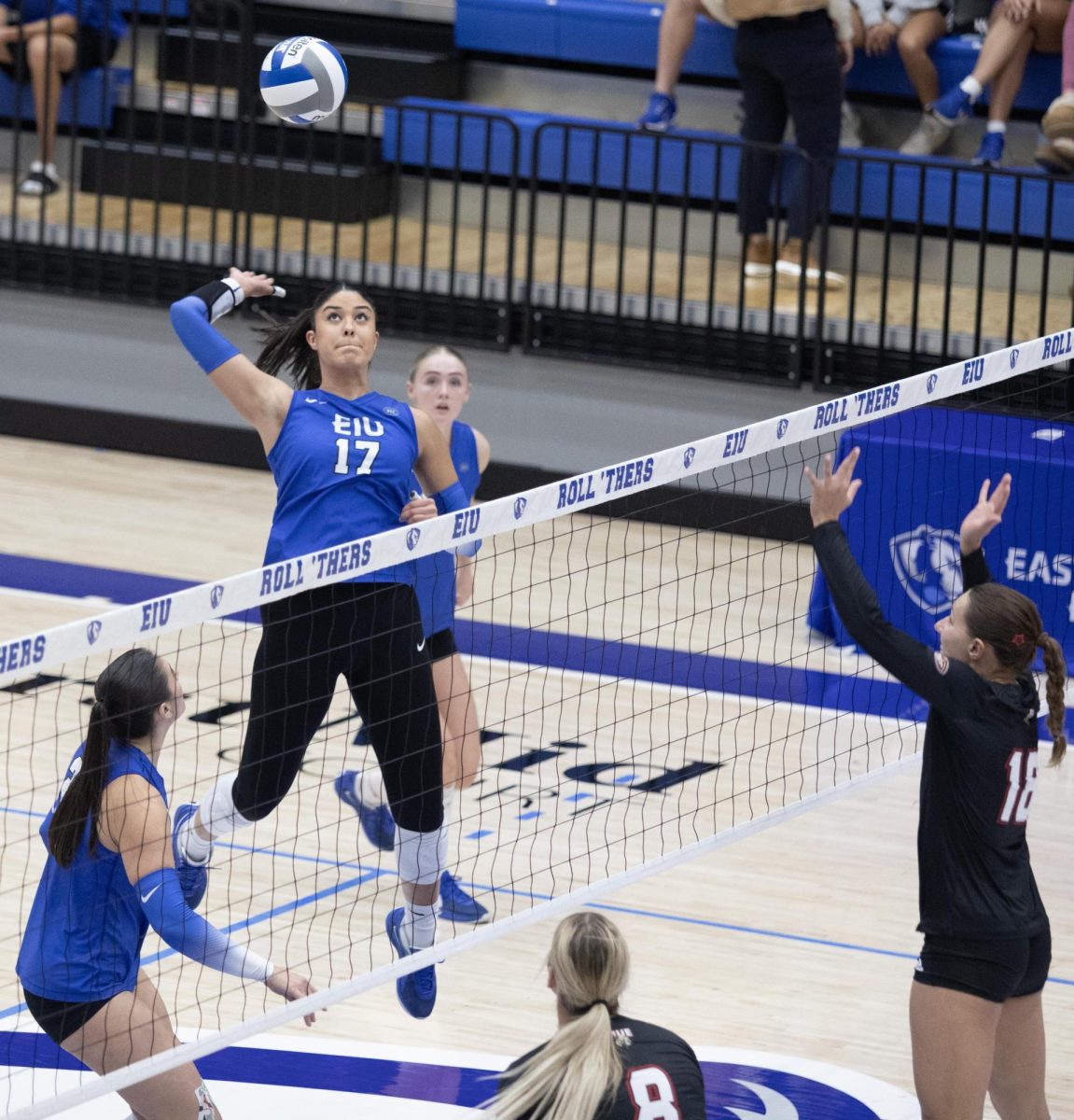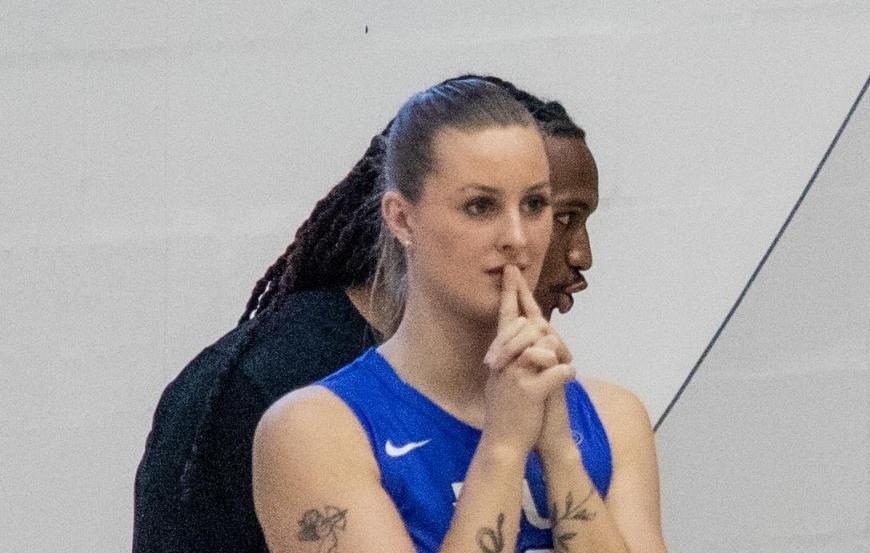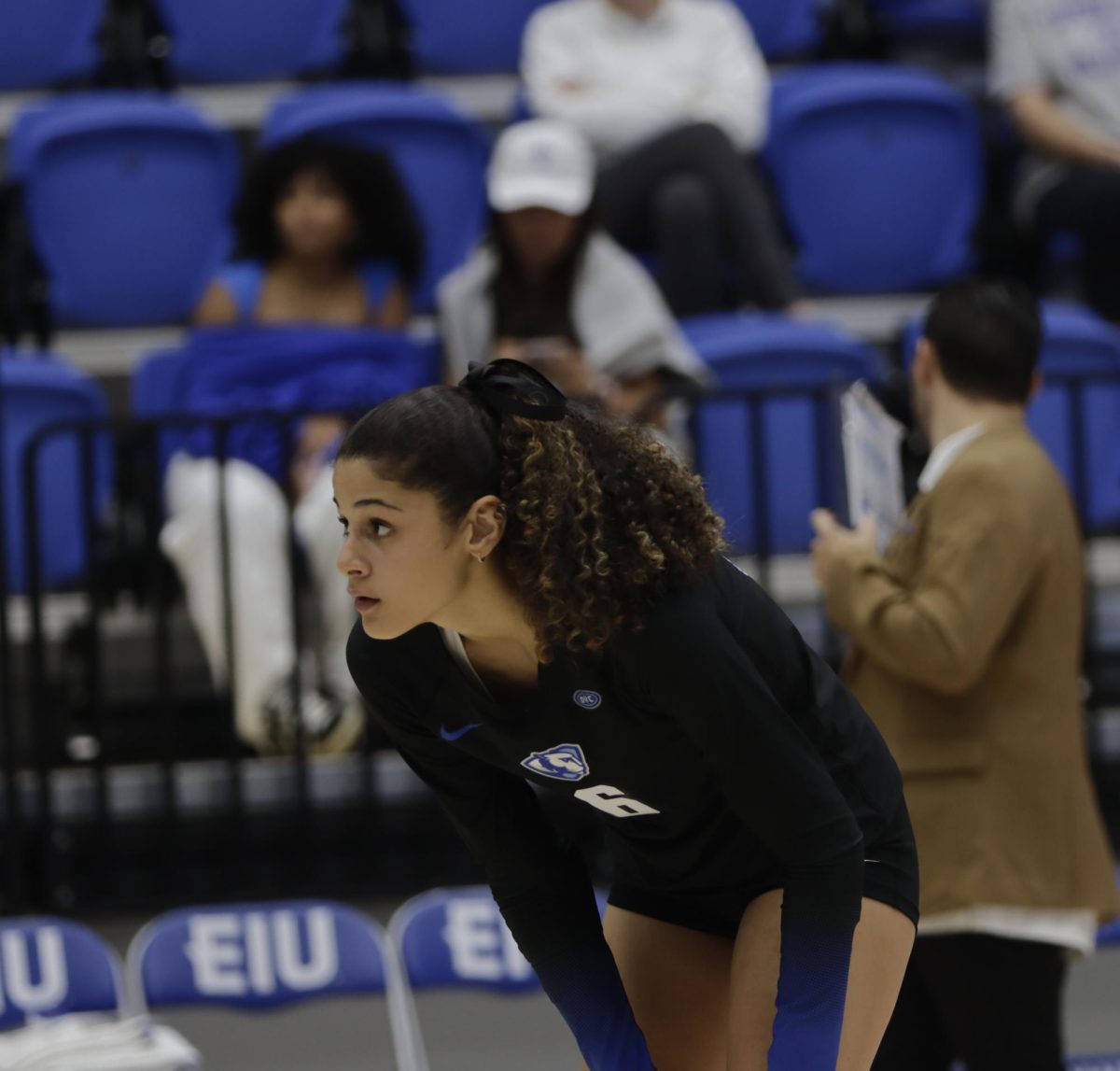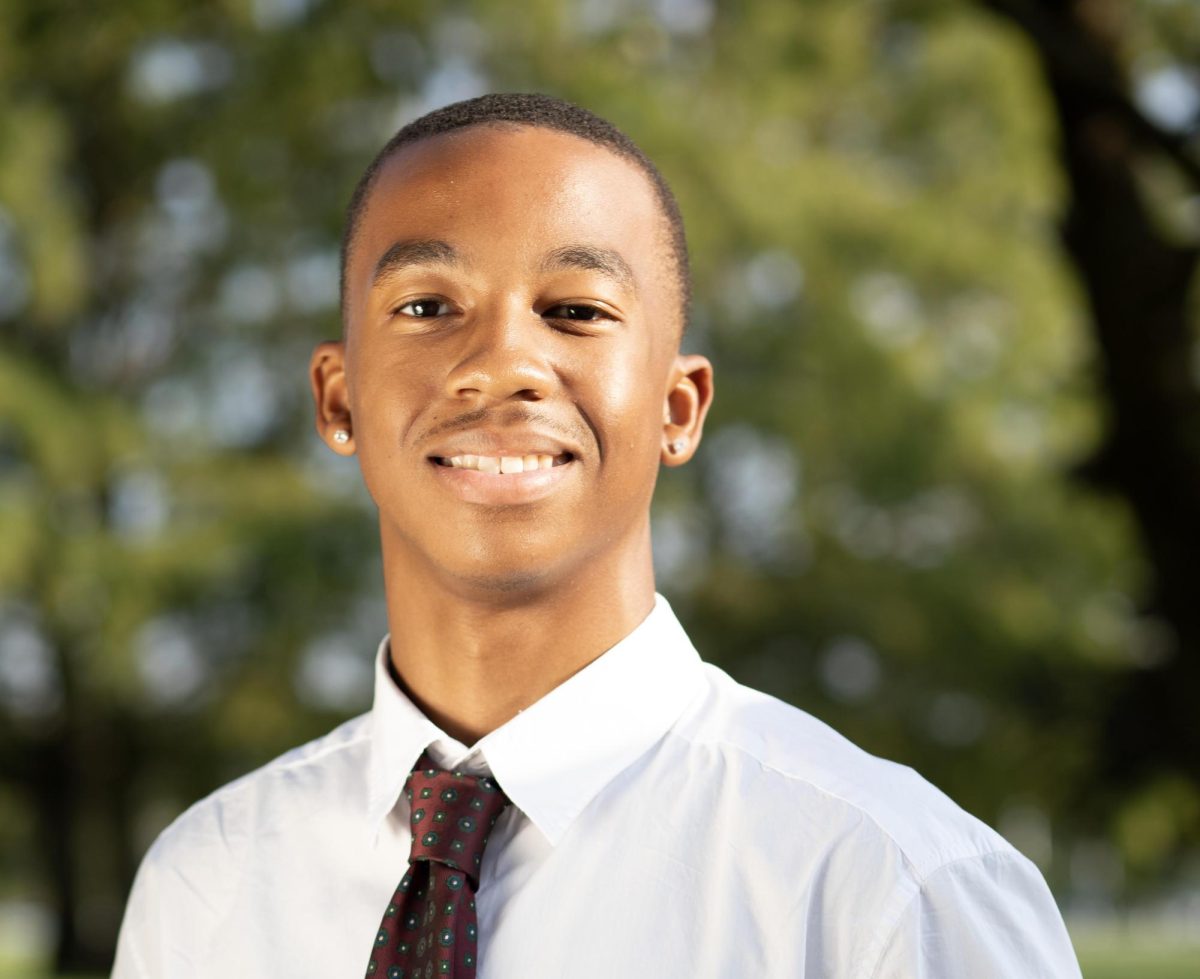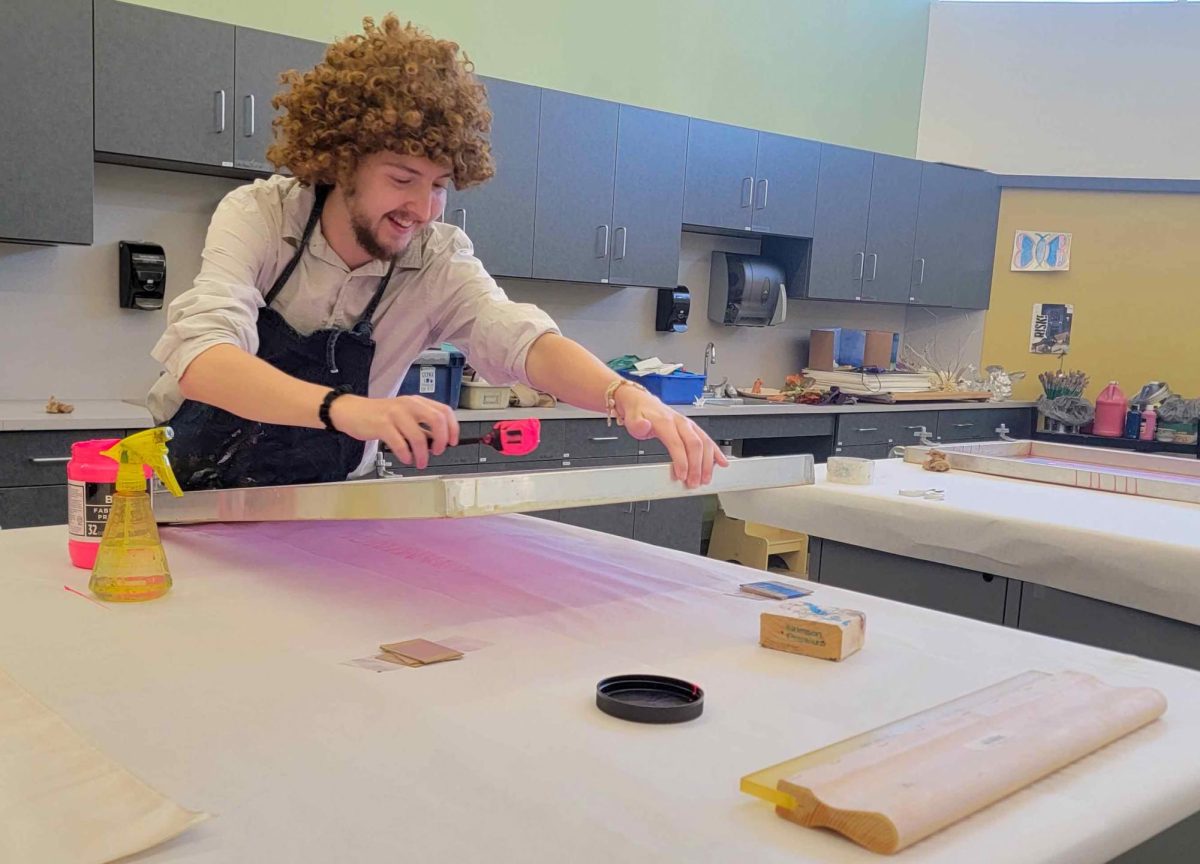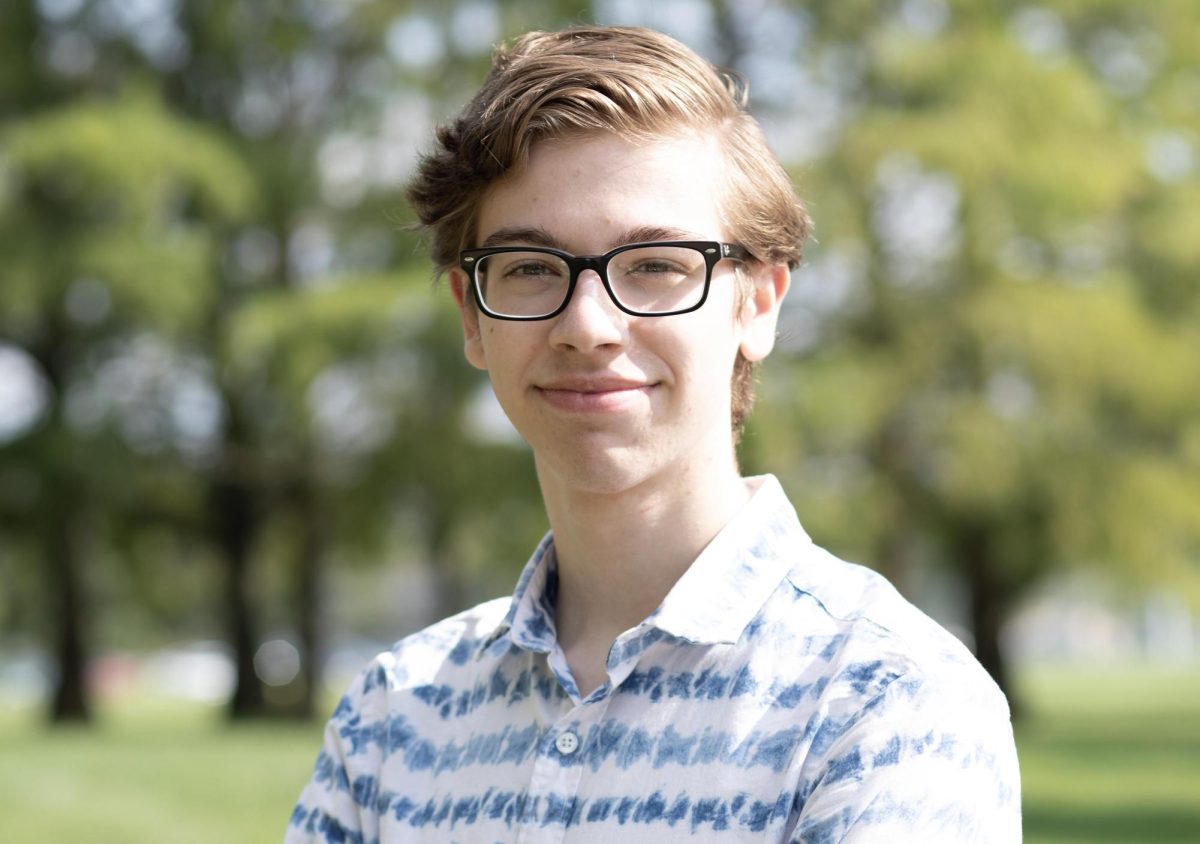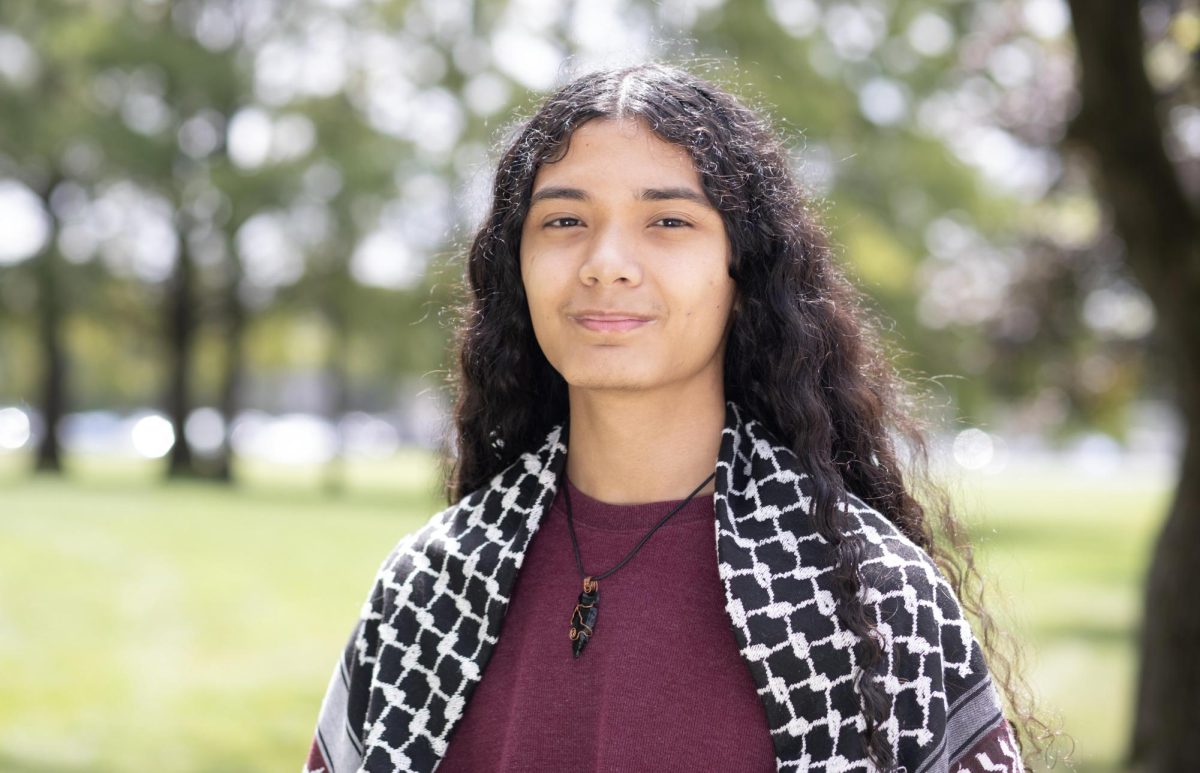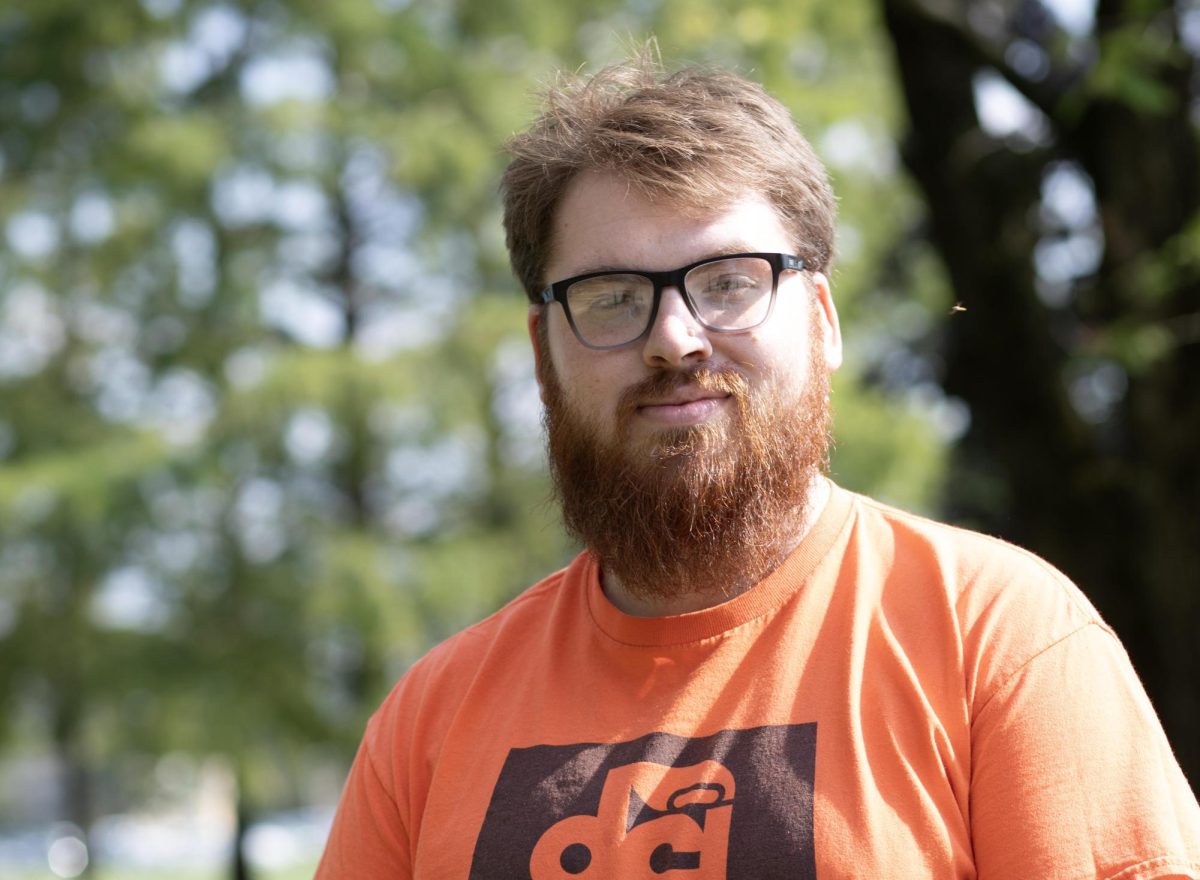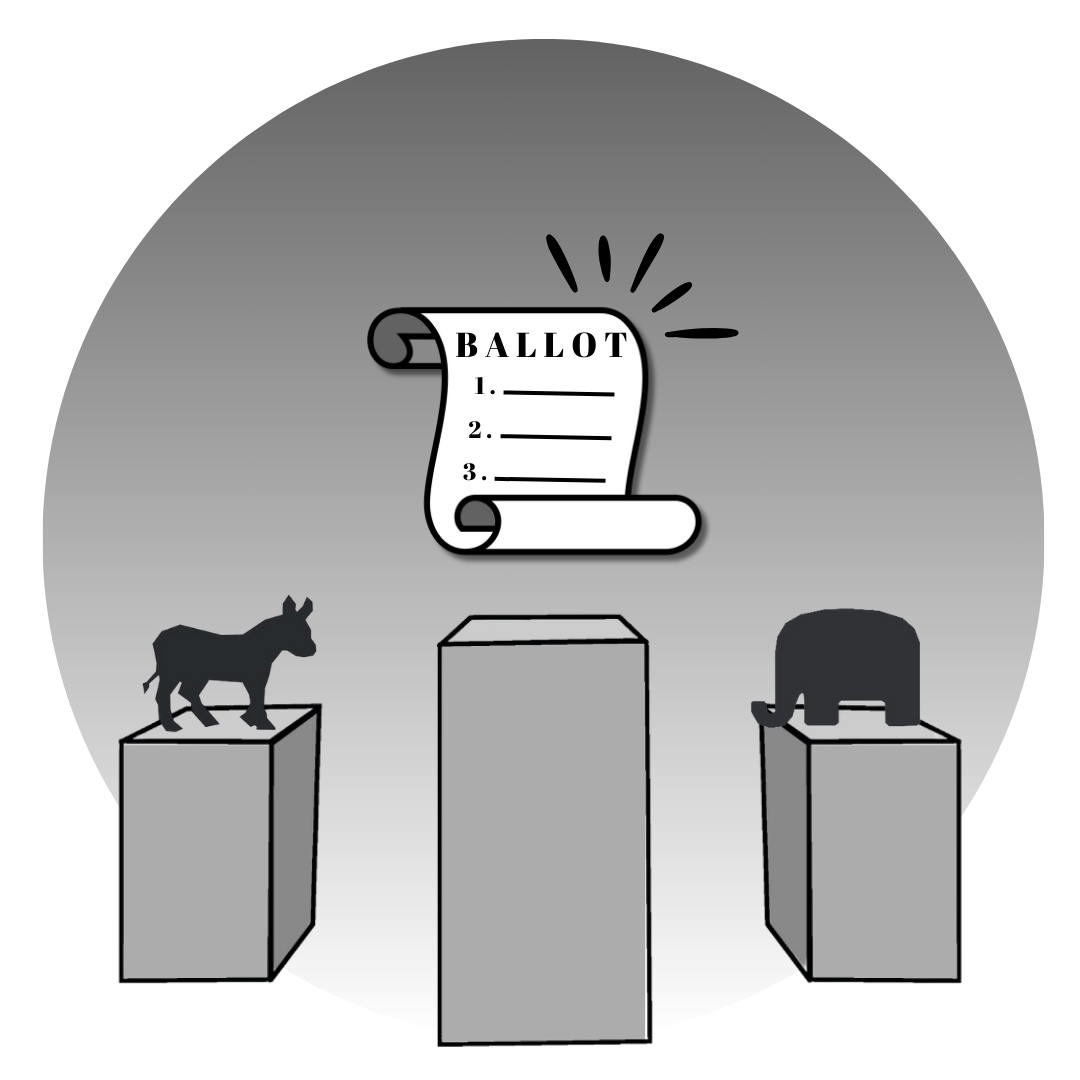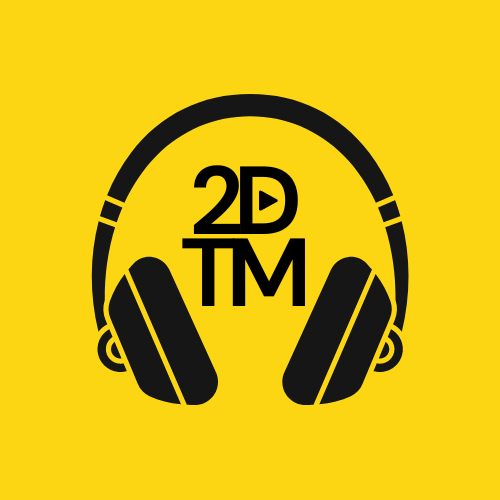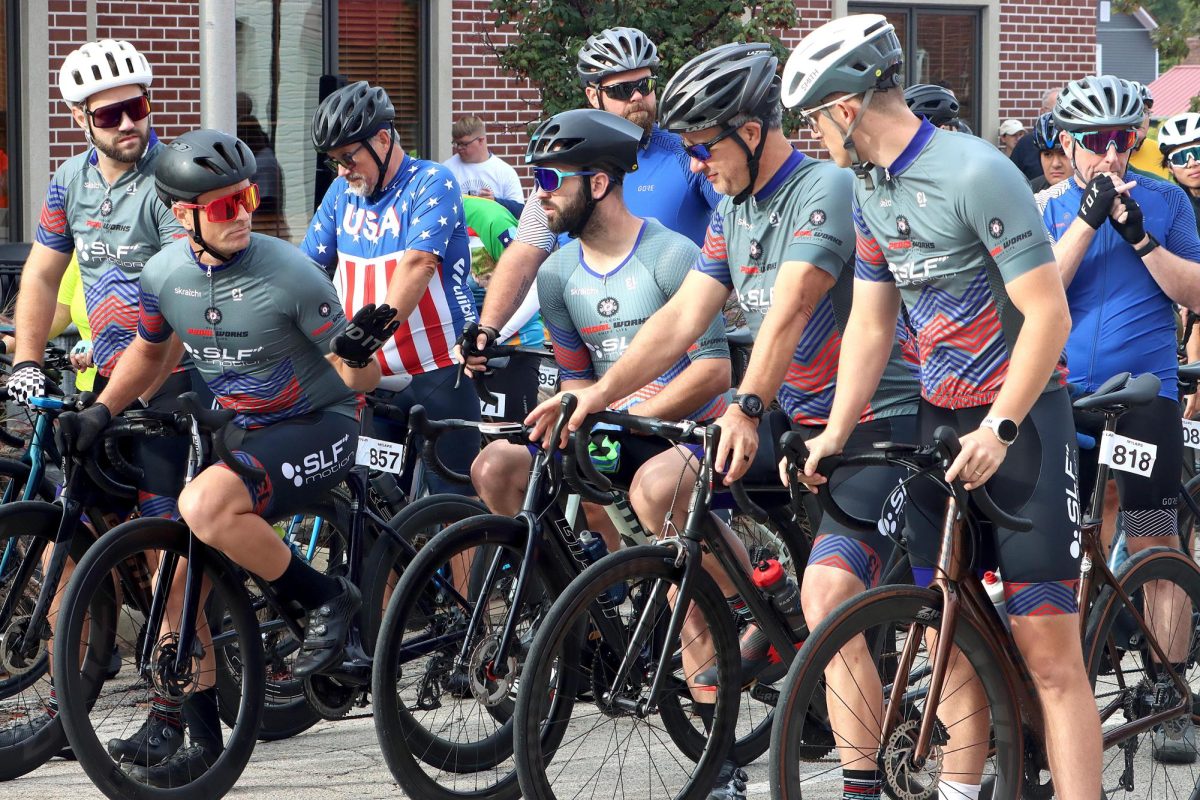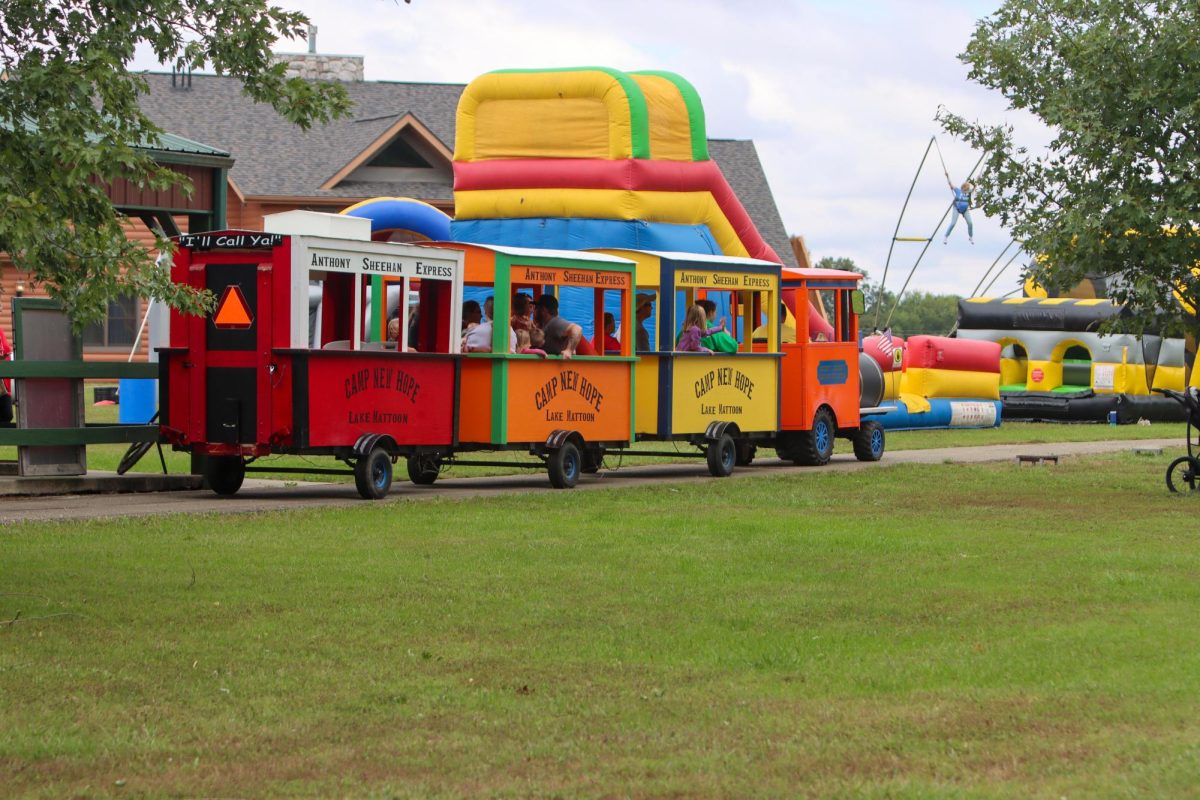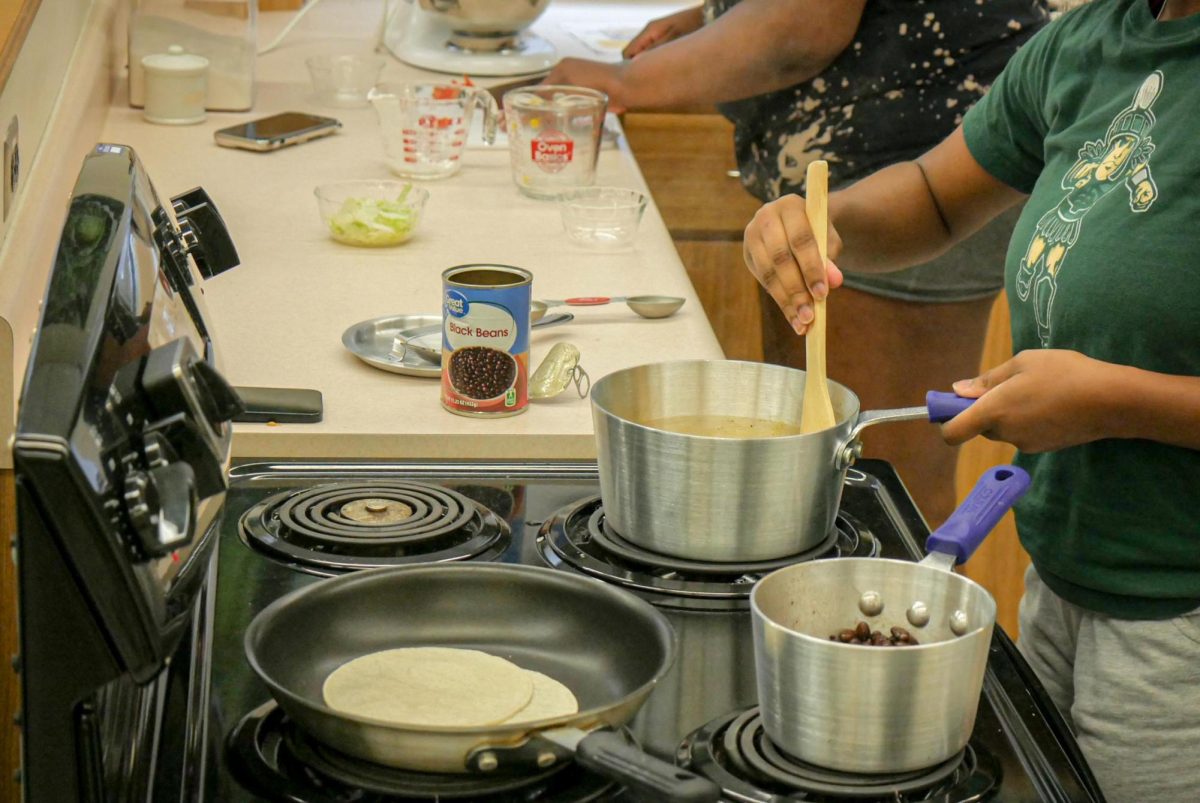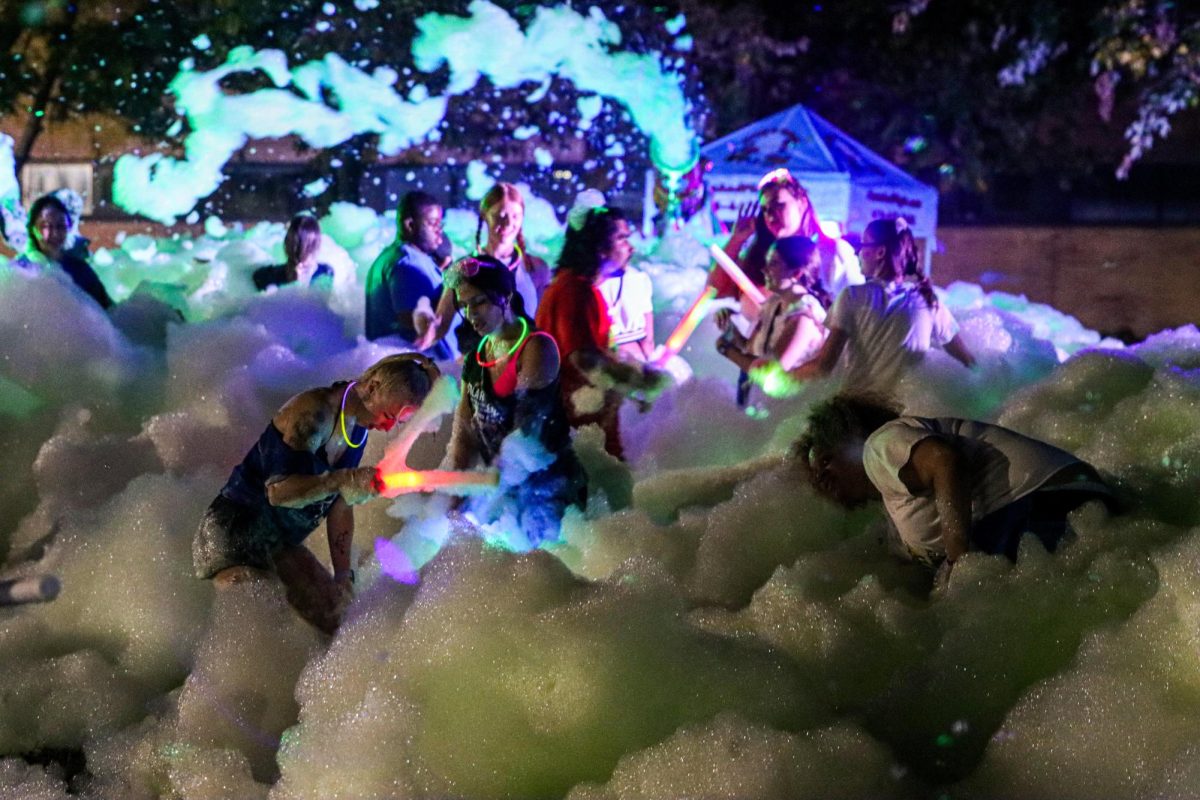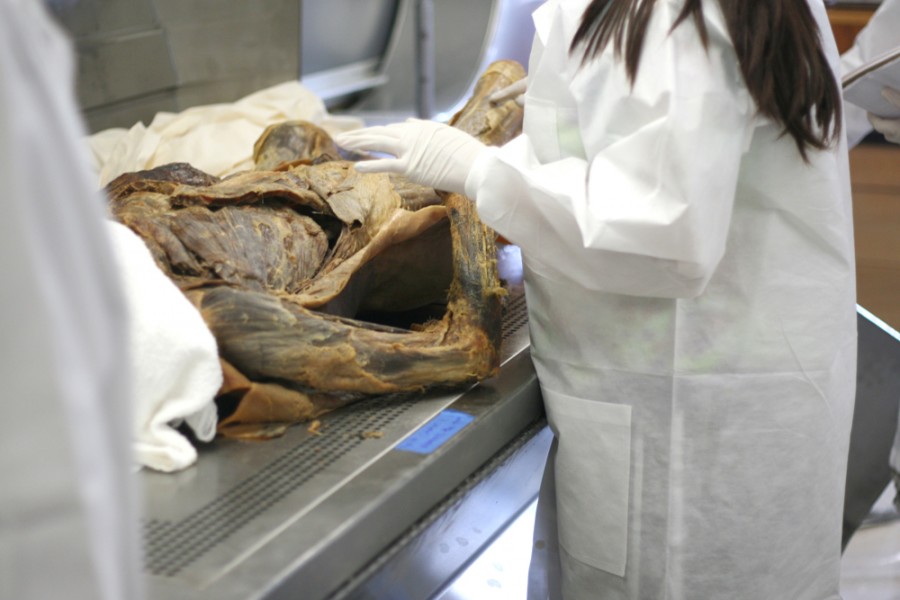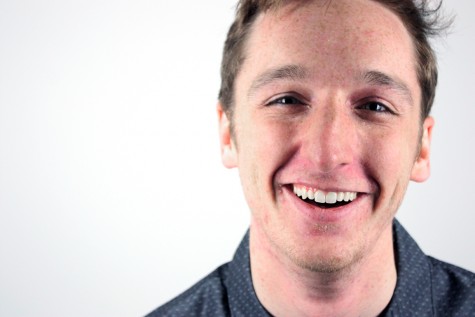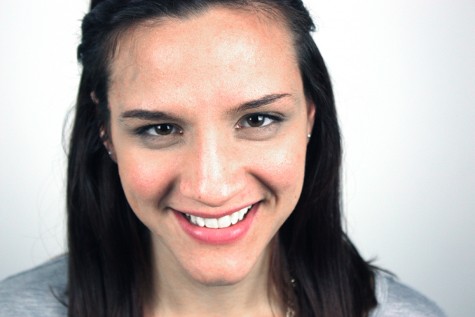Cadaver prepped to replace moldy ones
September 30, 2014
A new cadaver was bought and prepped Friday to replace the two mold-ridden cadavers, which had to be destroyed.
Even though the cadaver is prosecuted, which is a form of dissection for anatomical demonstration, the biological sciences department is still waiting to see if mold appears on the new cadaver.
Karen Gaines, the biological sciences department chair, said she wants to ensure the cadaver does not have mold before allowing students to handle or see the cadaver.
As of Monday, no mold has appeared on the body since Friday.
They have put measures in place to try and prevent mold from reaching the cadavers.
In the anatomy lab where the cadaver is housed, they have put in temporary air conditioners and a dehumidifier to prevent mold spores from taking hold.
Cadavers are highly susceptible to mold infestation especially if exposed to warm, moist areas for an extended period of time.
This was the reason the original two cadavers had mold on them. The cooling system in the room went down long enough for mold to form.
Most institutions try to make sure the cadavers are in very cool areas, Gaines said.
She added she does not know if the anatomy lab is a sustainable environment for the cadaver.
The cadaver might be moved to a cooler room.
The winter months may be problematic in regulating the temperature correctly with a malfunctioning cooling system.
She said the department is the process of setting up a system that will alert the department immediately when the temperature or humidity hit dangerous heights.
Despite the potential for mold and the $2500 price tag, Gaines said it was pertinent that Eastern has at least one cadaver.
Both occupational therapy and physical therapy concentrations at most medical institutions require cadaver-based studies to attend the school.
“It does not just affect bio majors,” Gaines said.
She added this is a reason some students go to Eastern so it is a necessity to have a cadaver in the department for use.
For now, the anatomy classes using the cadaver for study will only go into the anatomy room to see the cadaver for a short time. The actual lecture is expected to stay outside of the lab.
Gaines said depending on the class and the syllabus, students will be looking at muscles on the cadaver next week.
Jarad Jarmon can be reached at 581-2812 or jsjarmon@eiu.edu.


